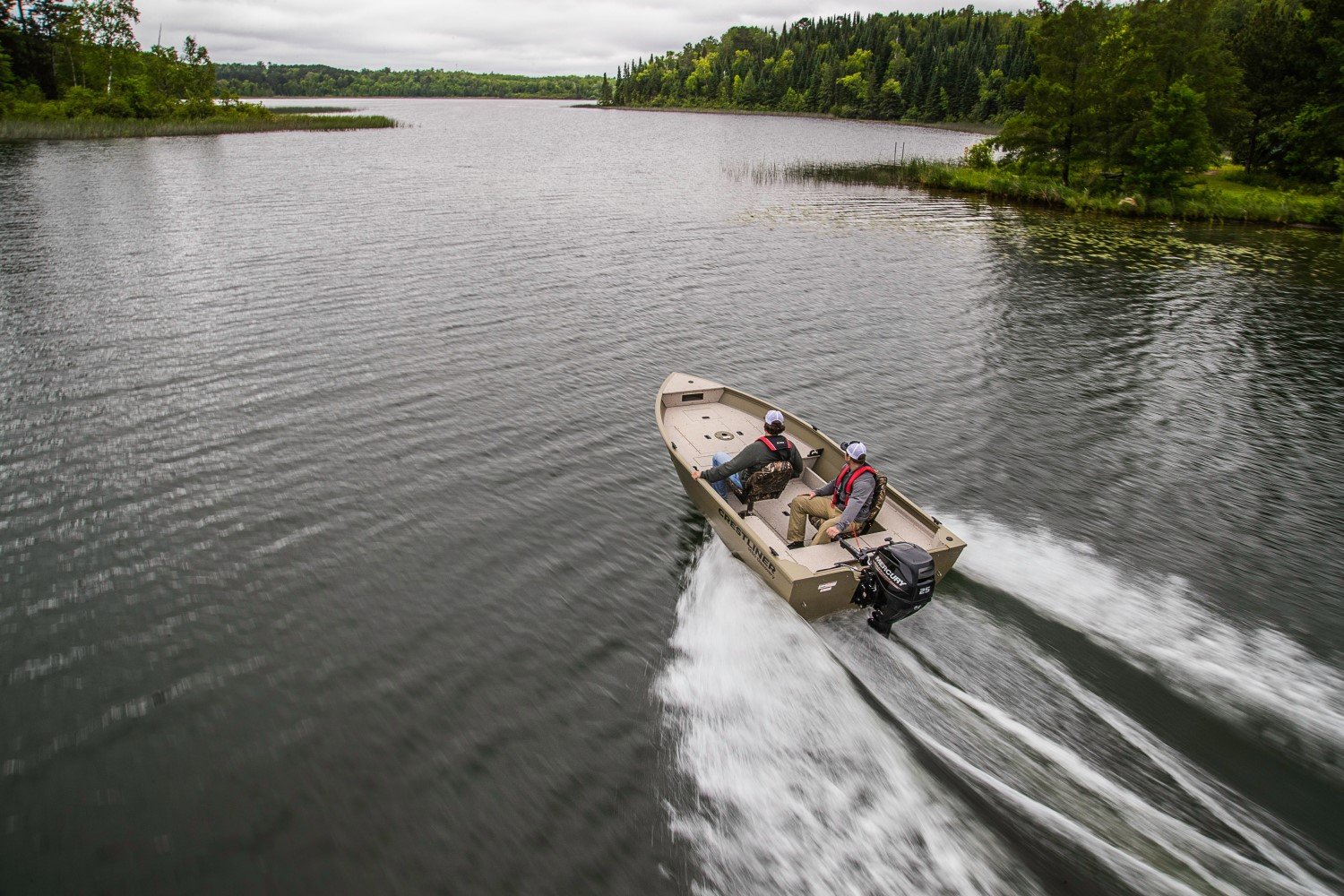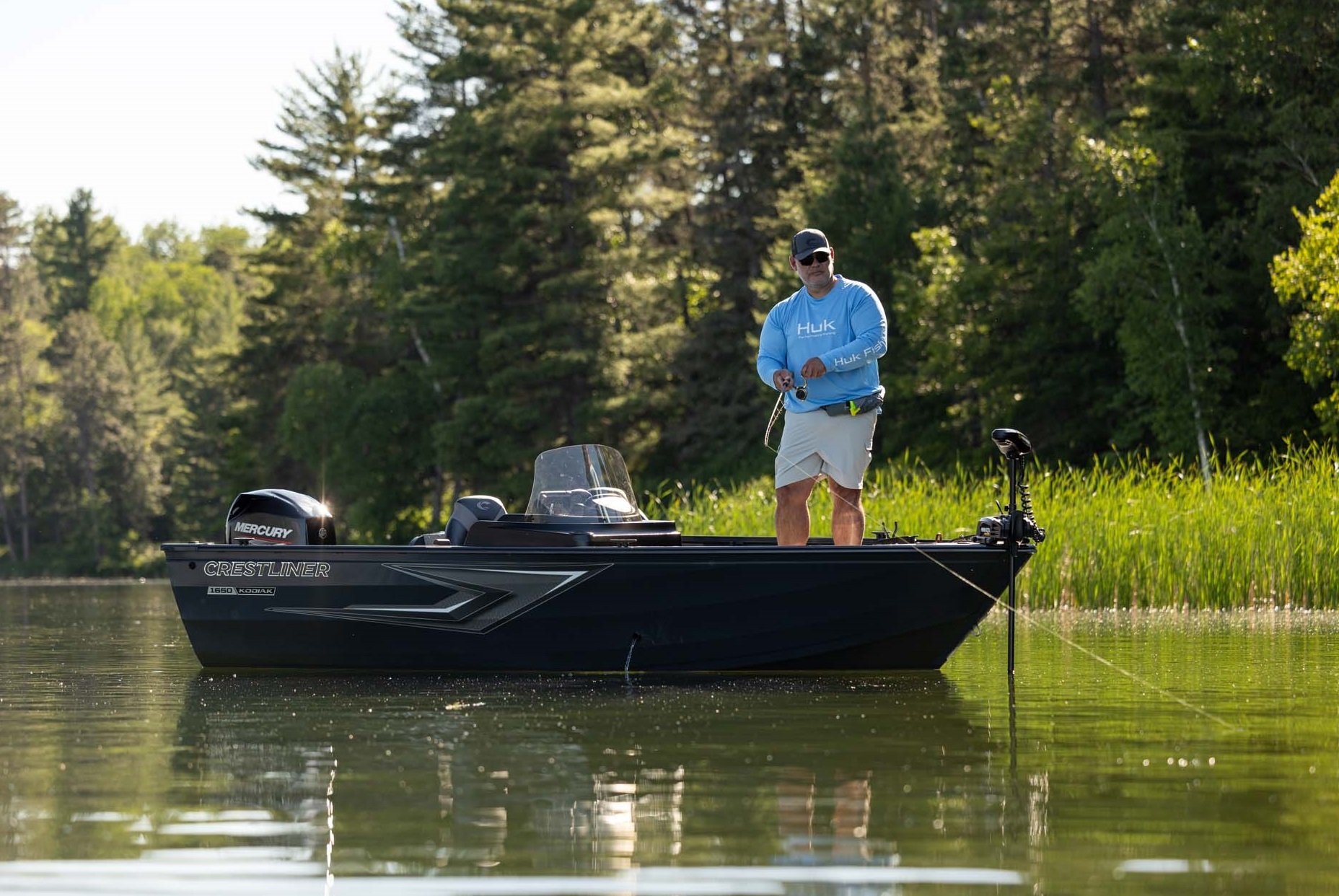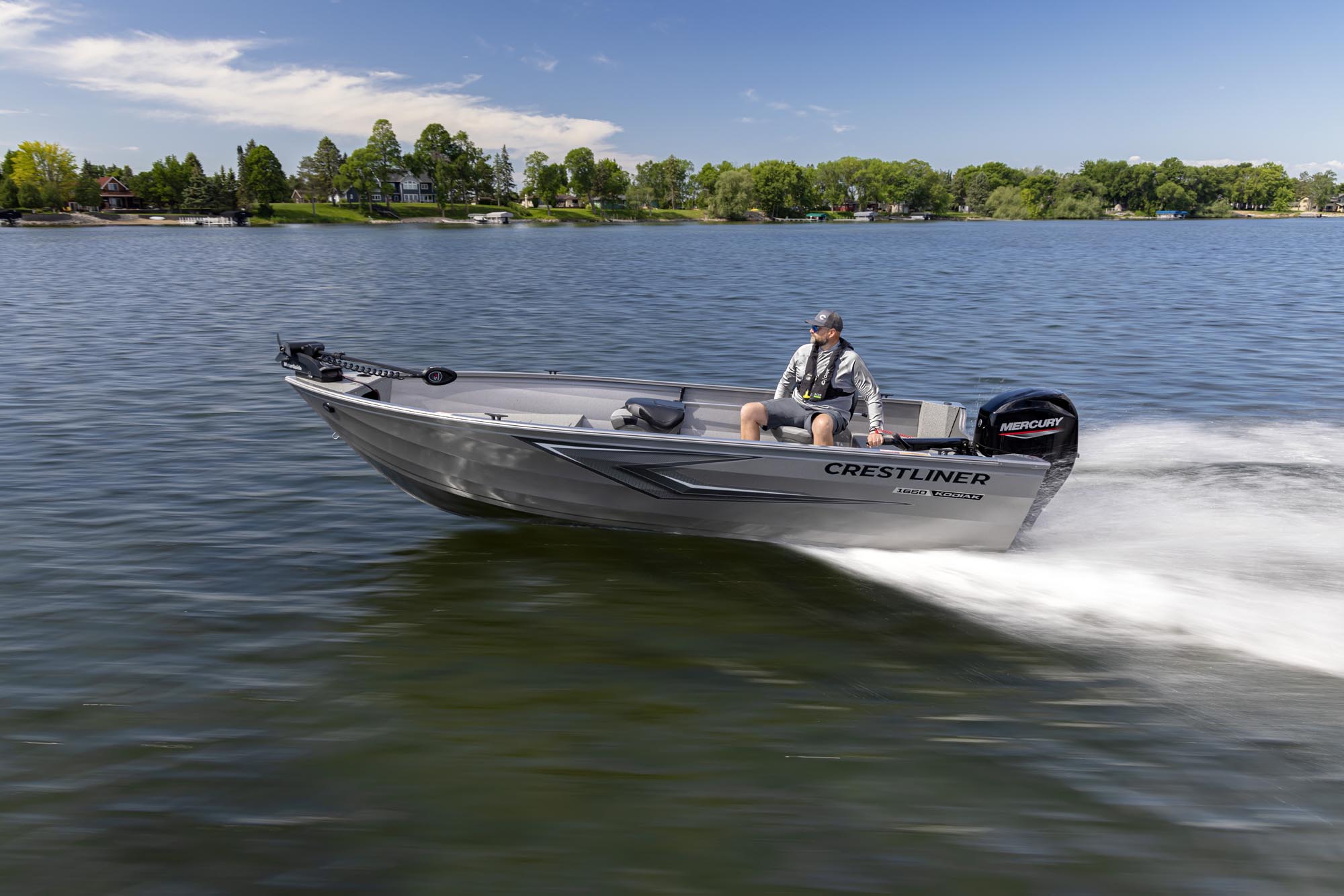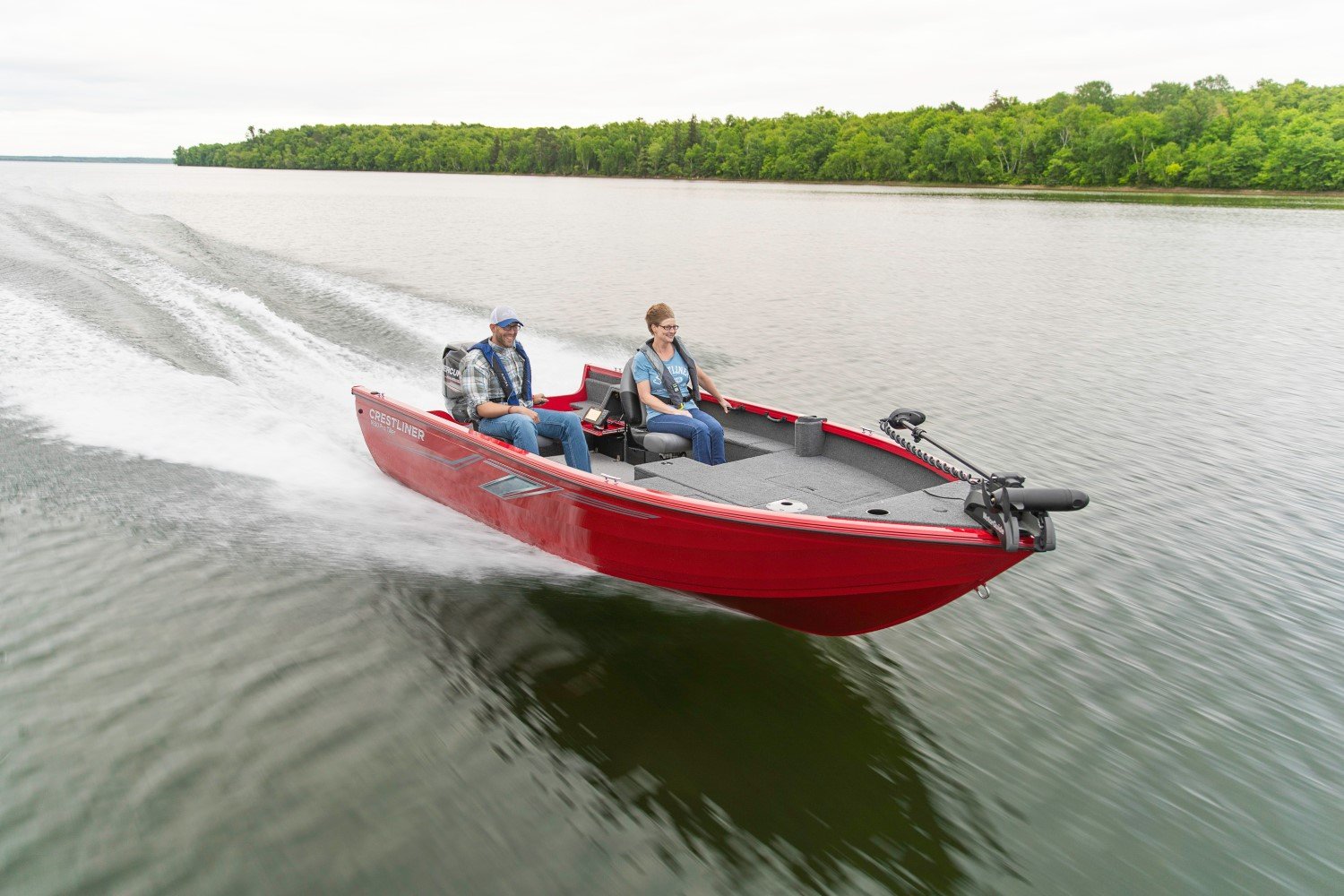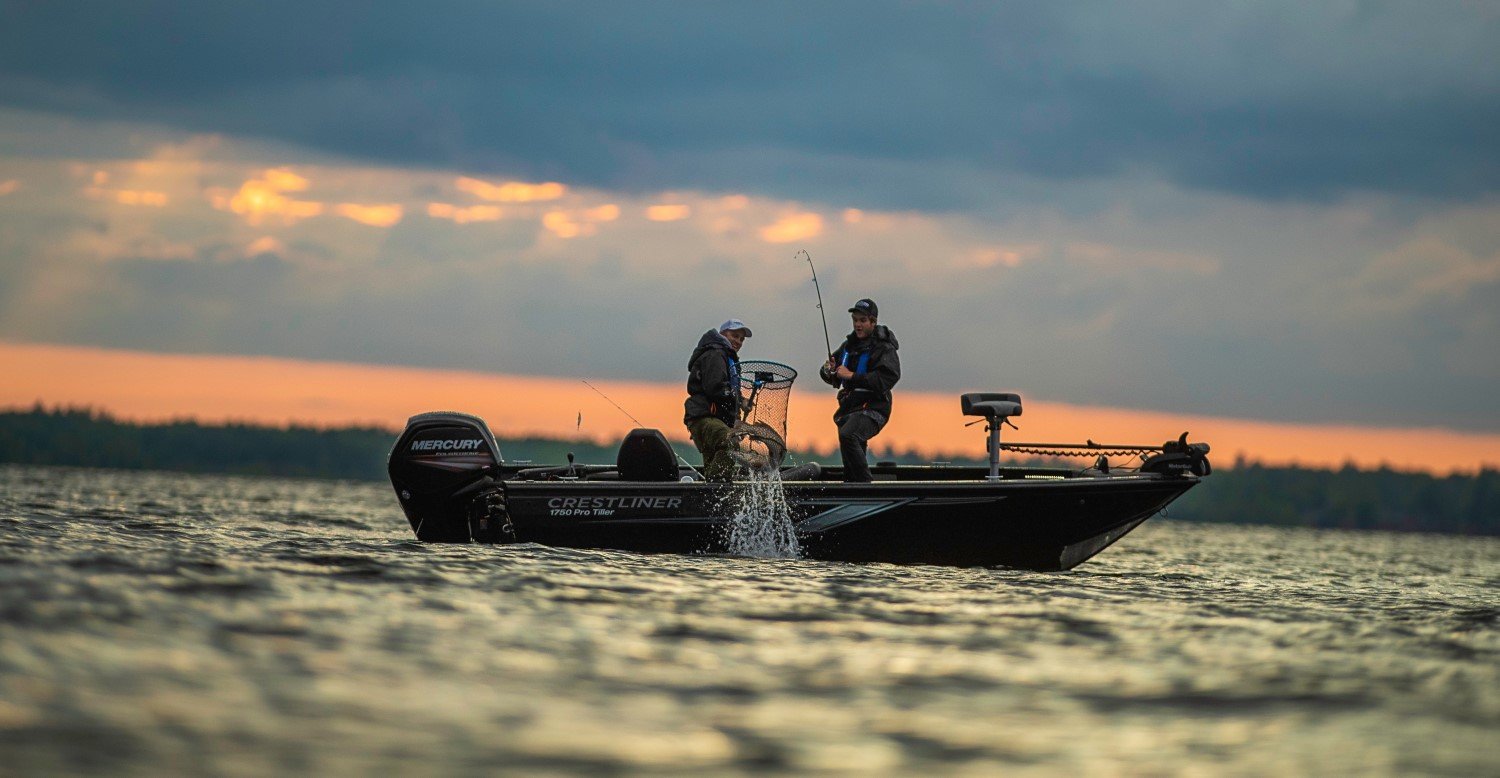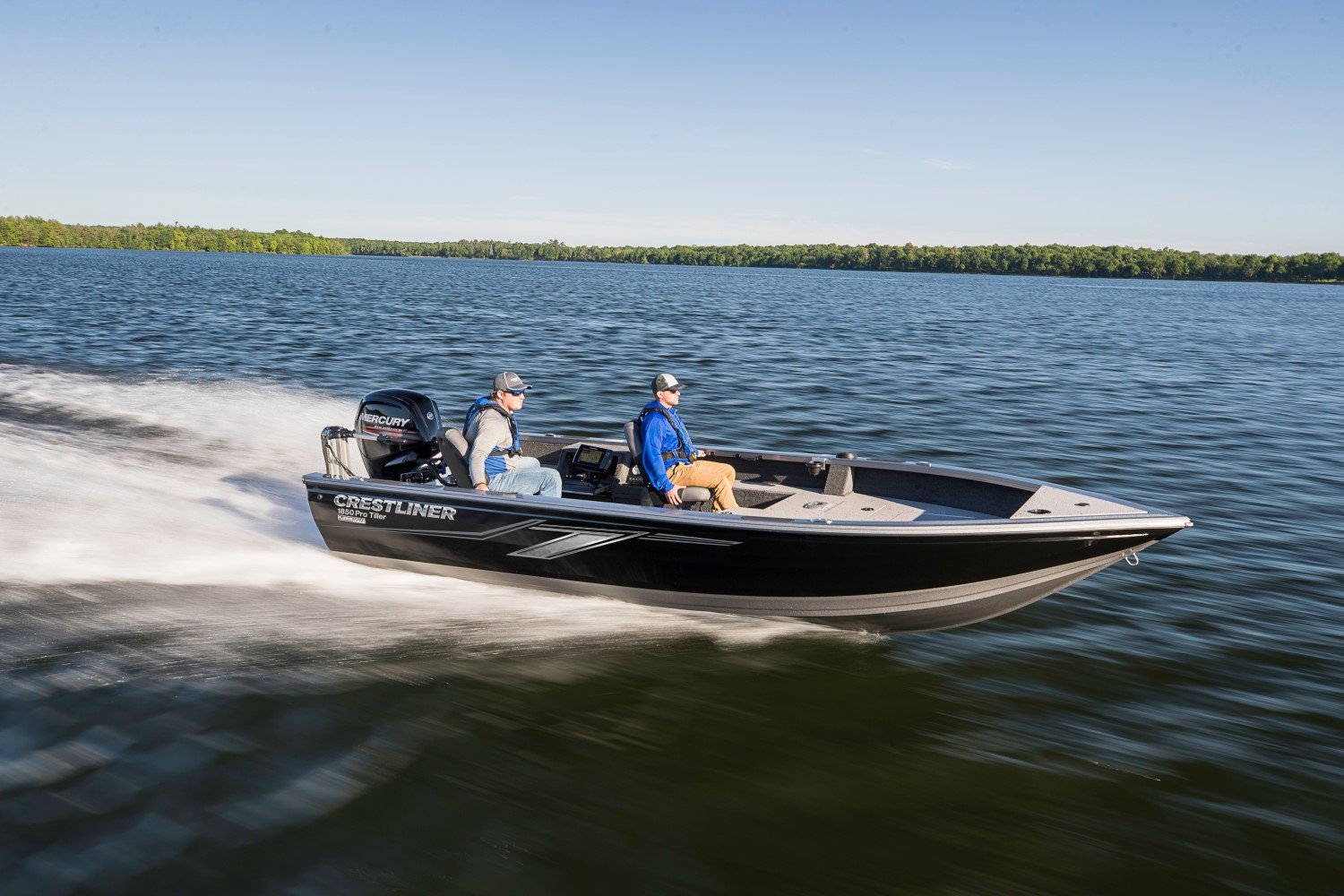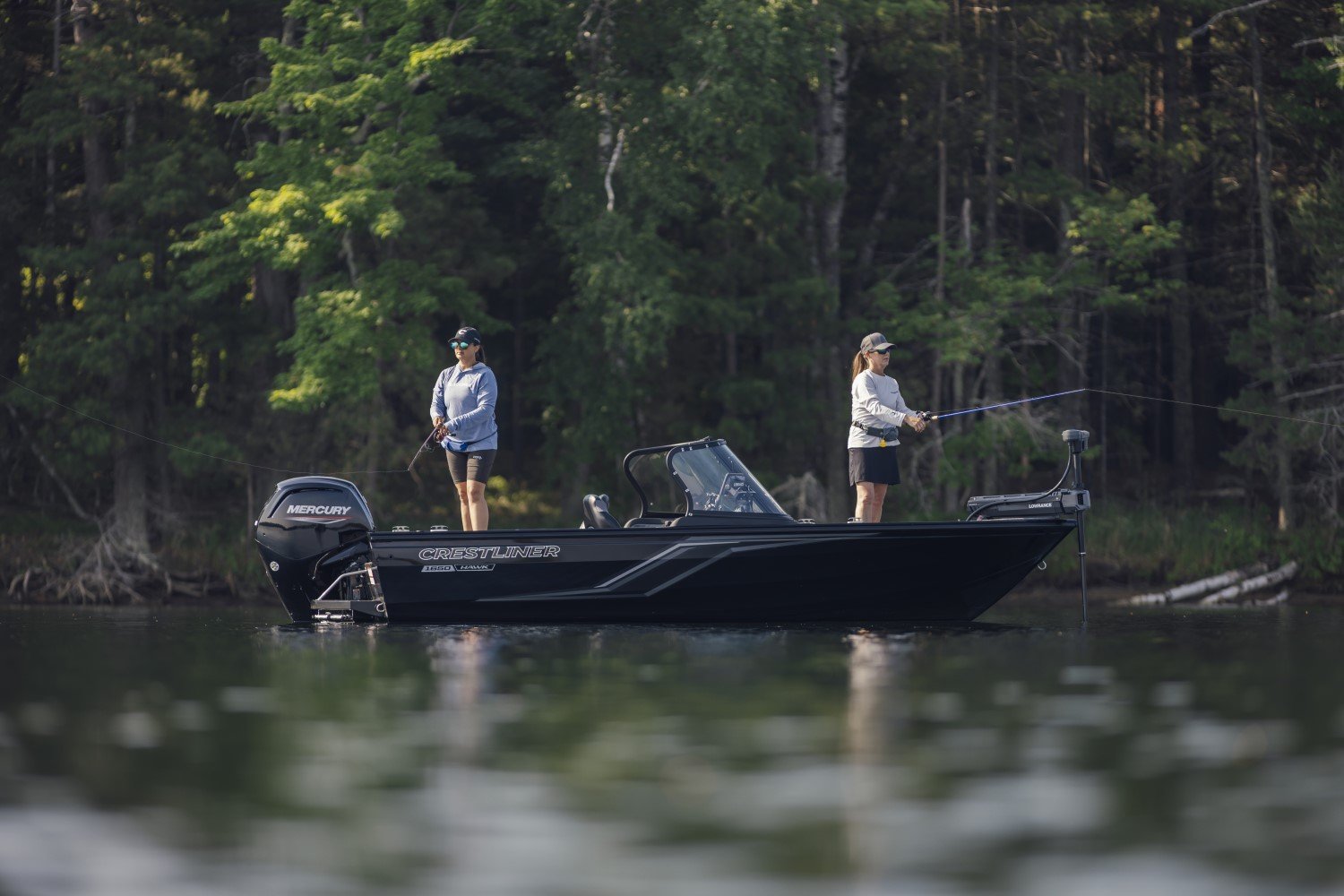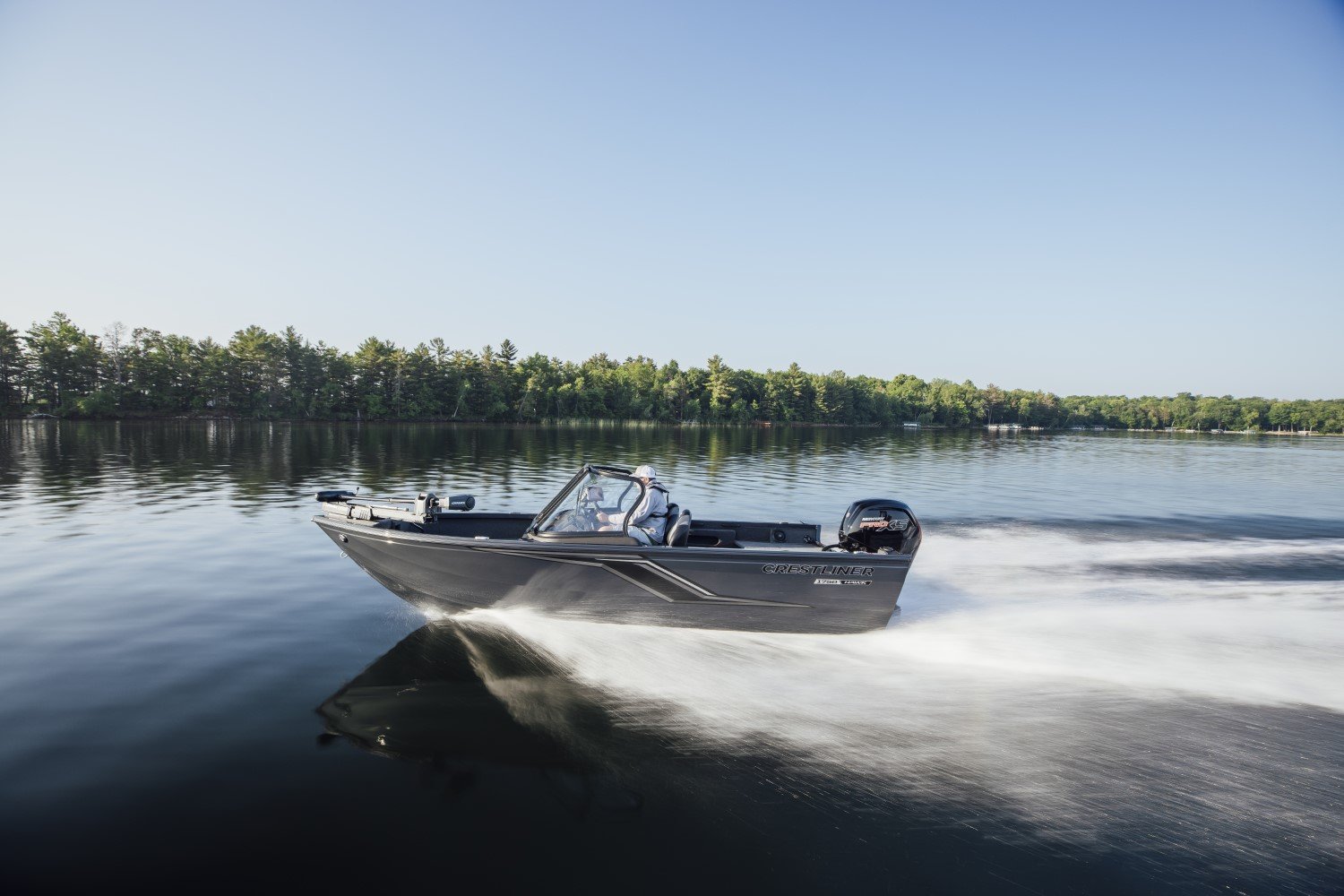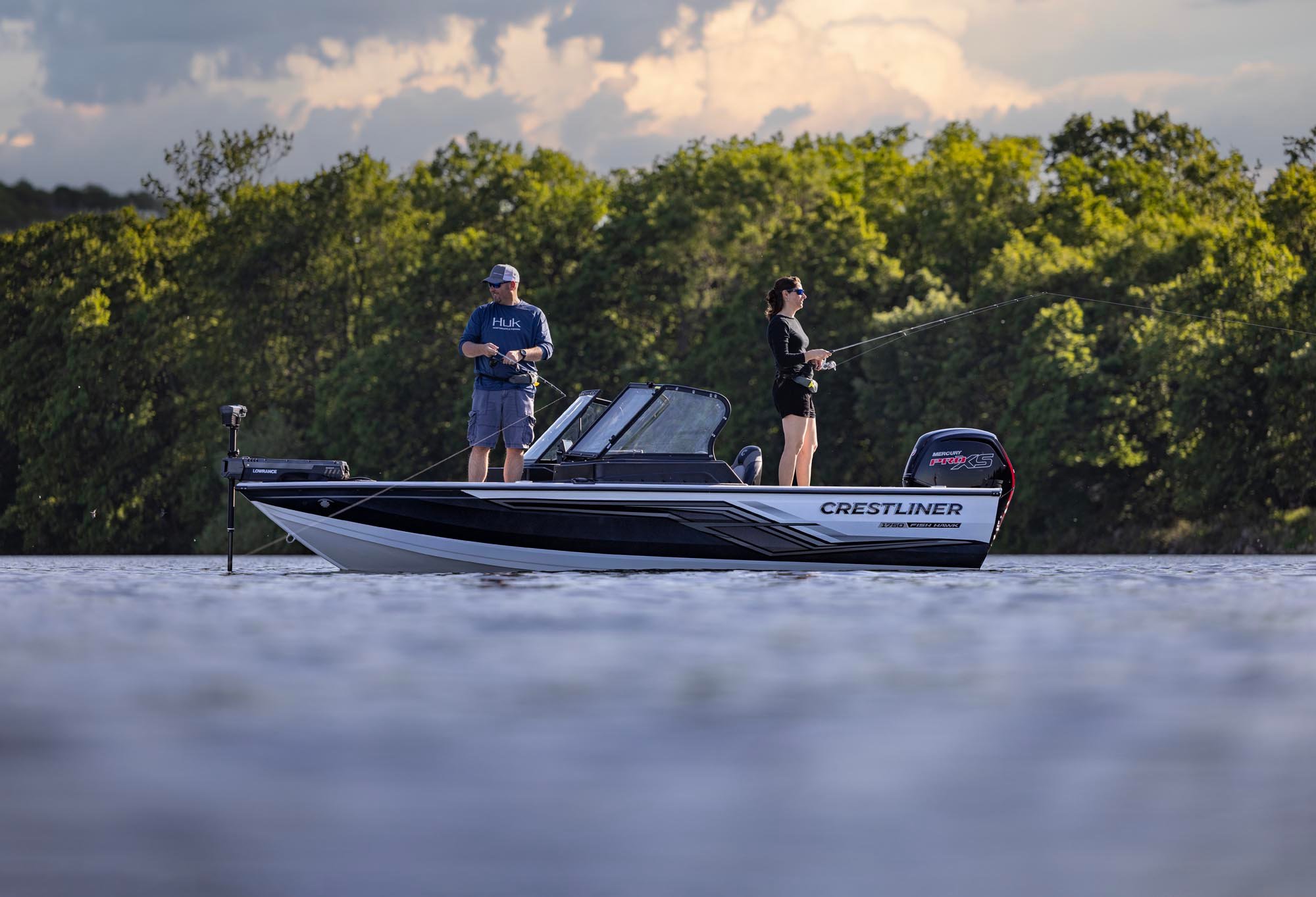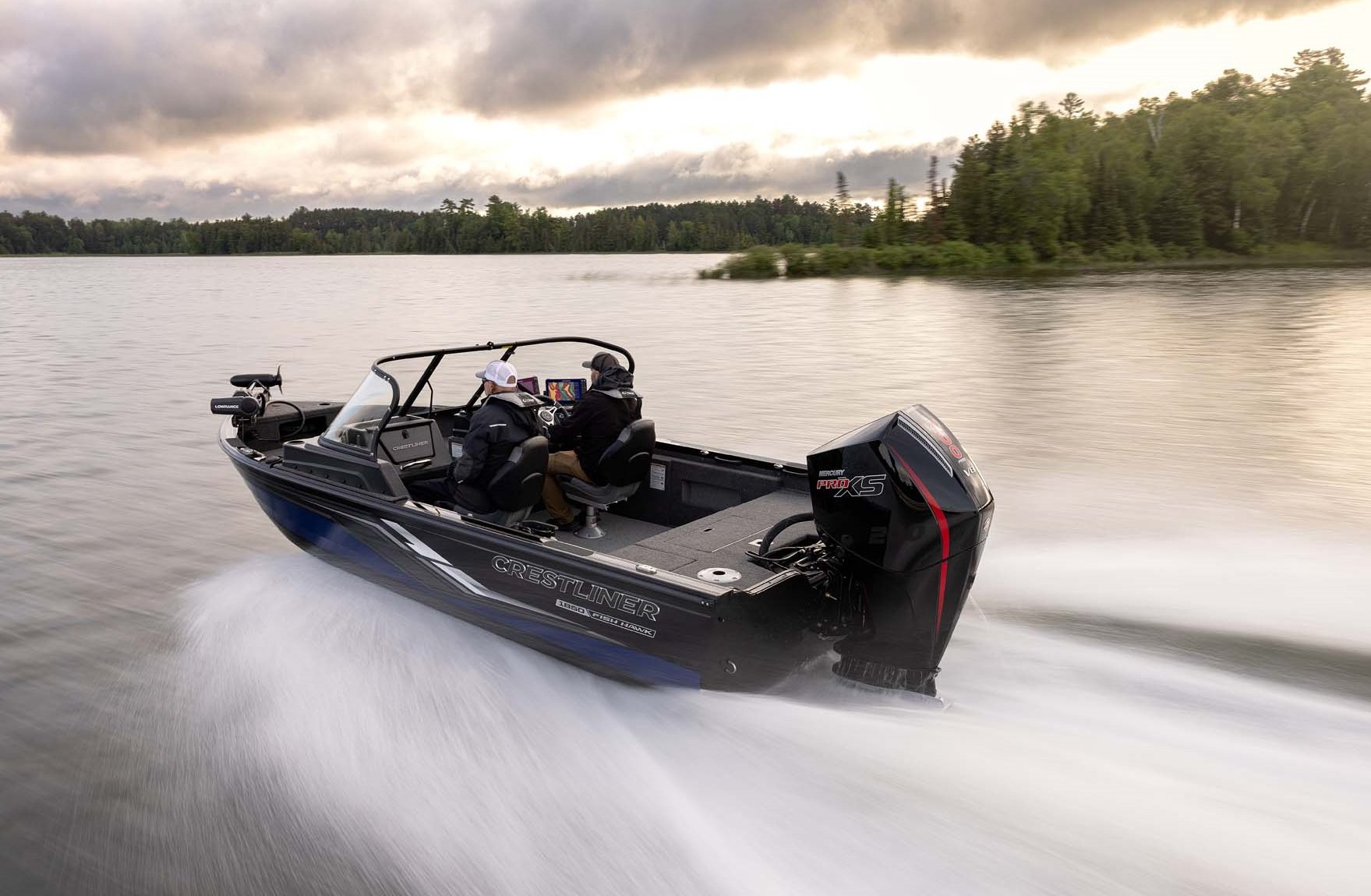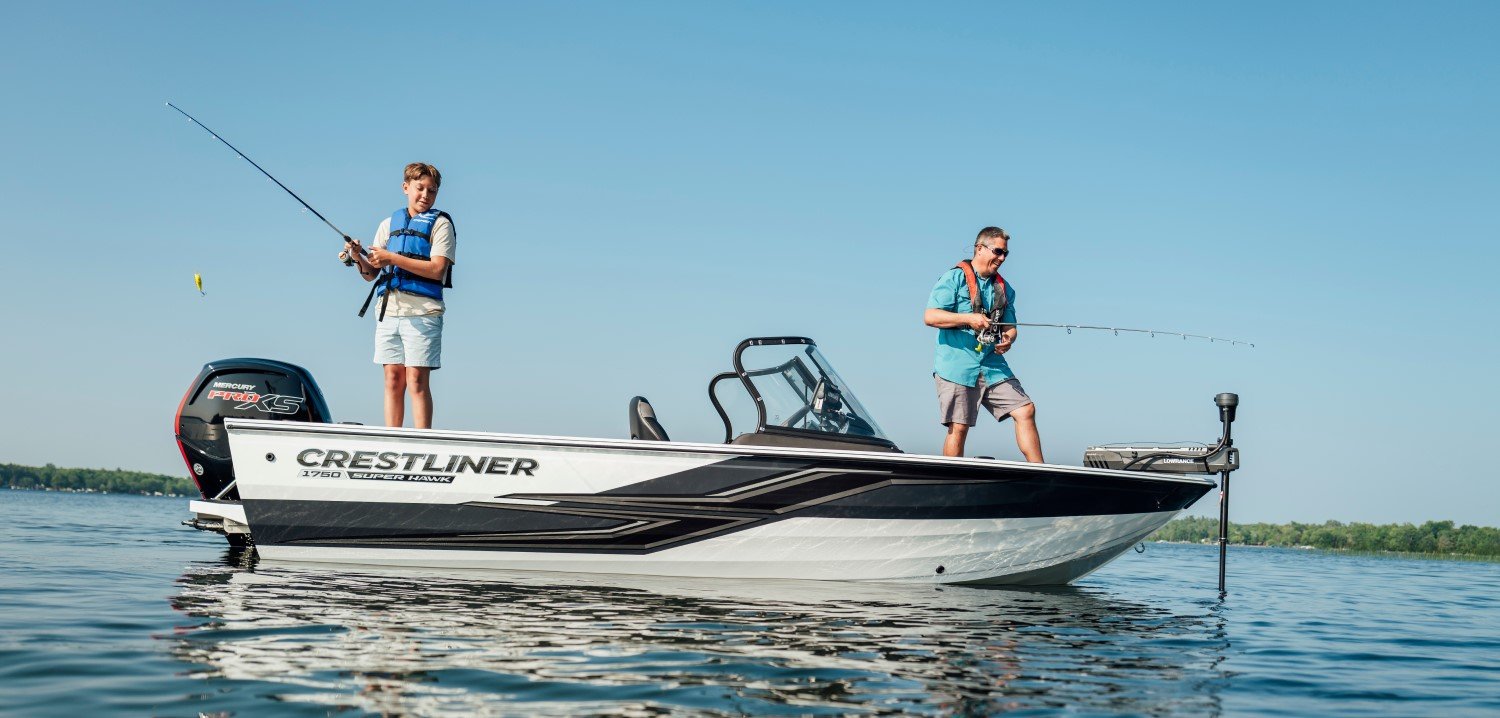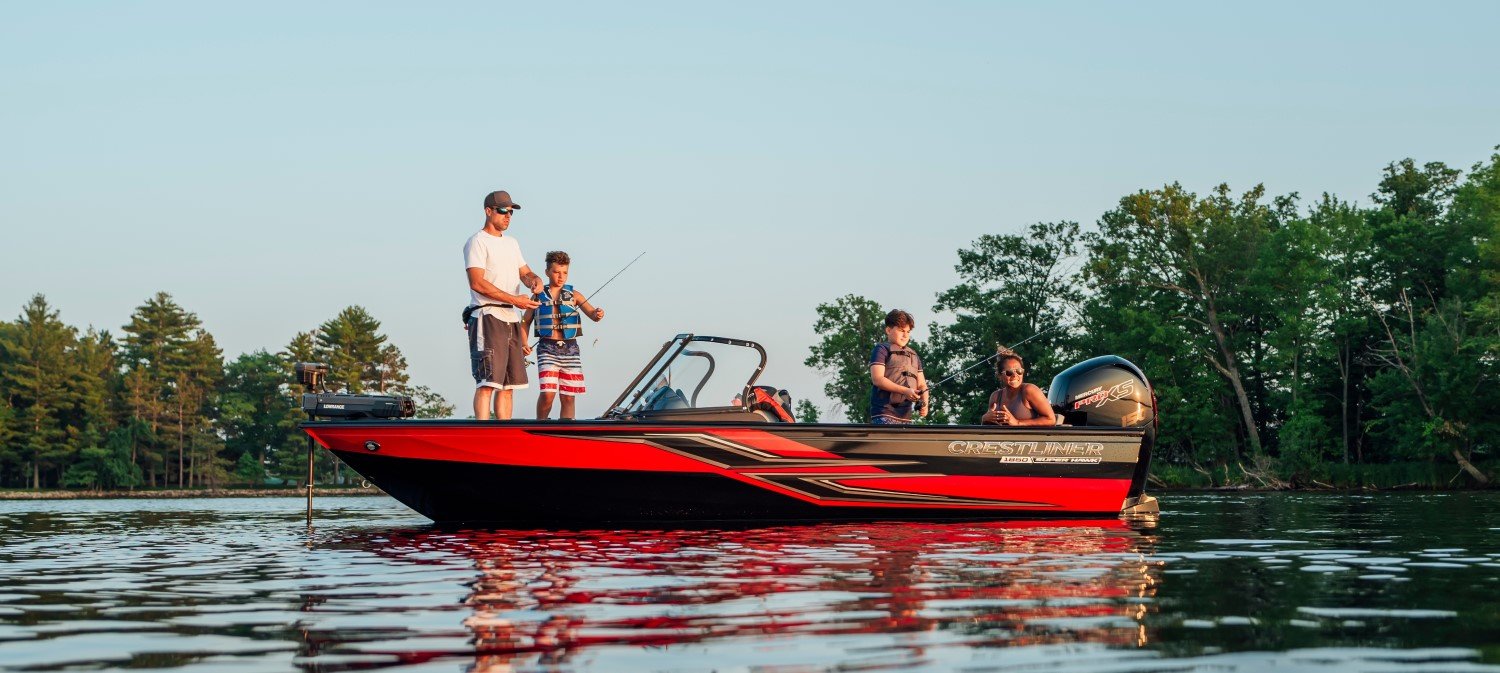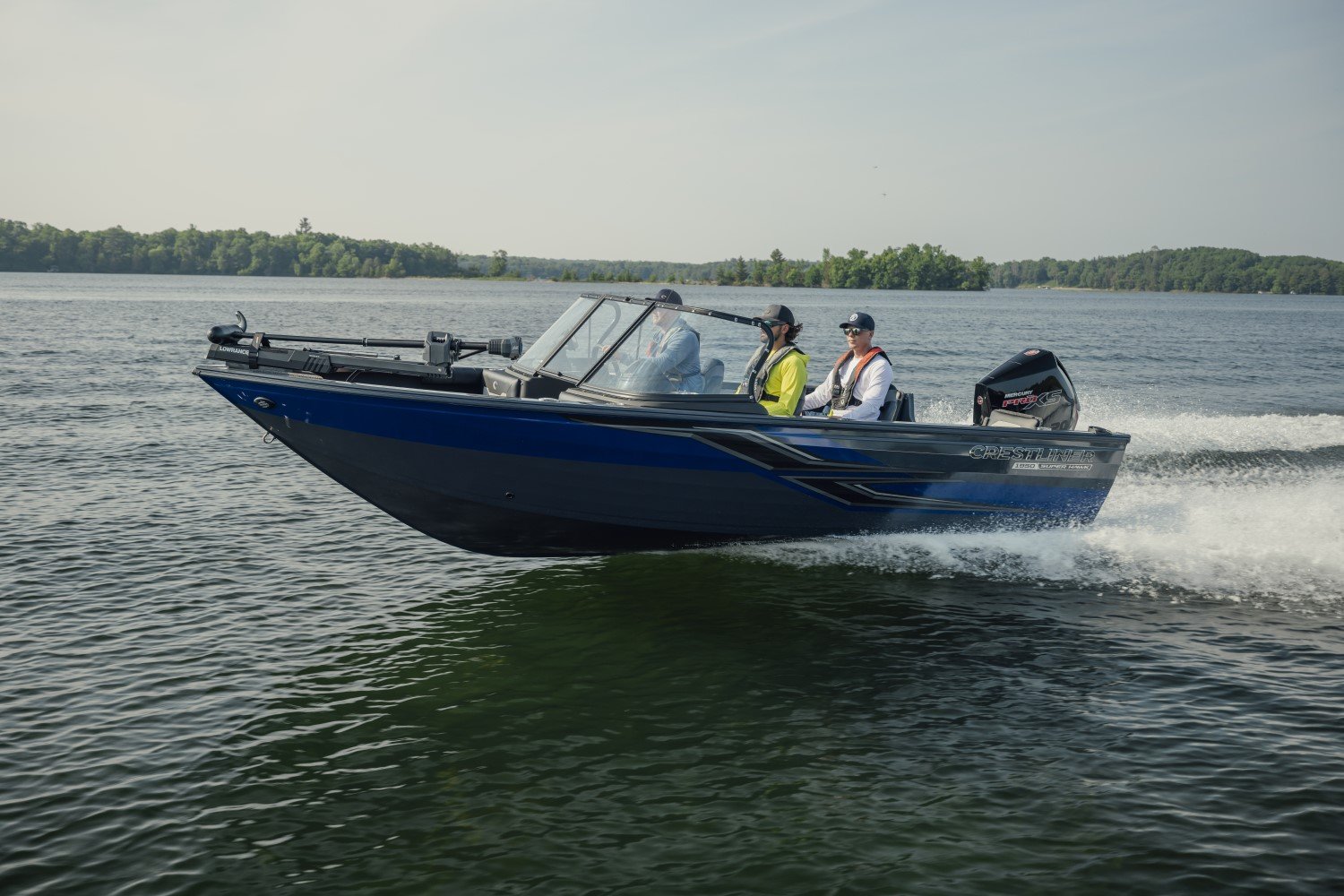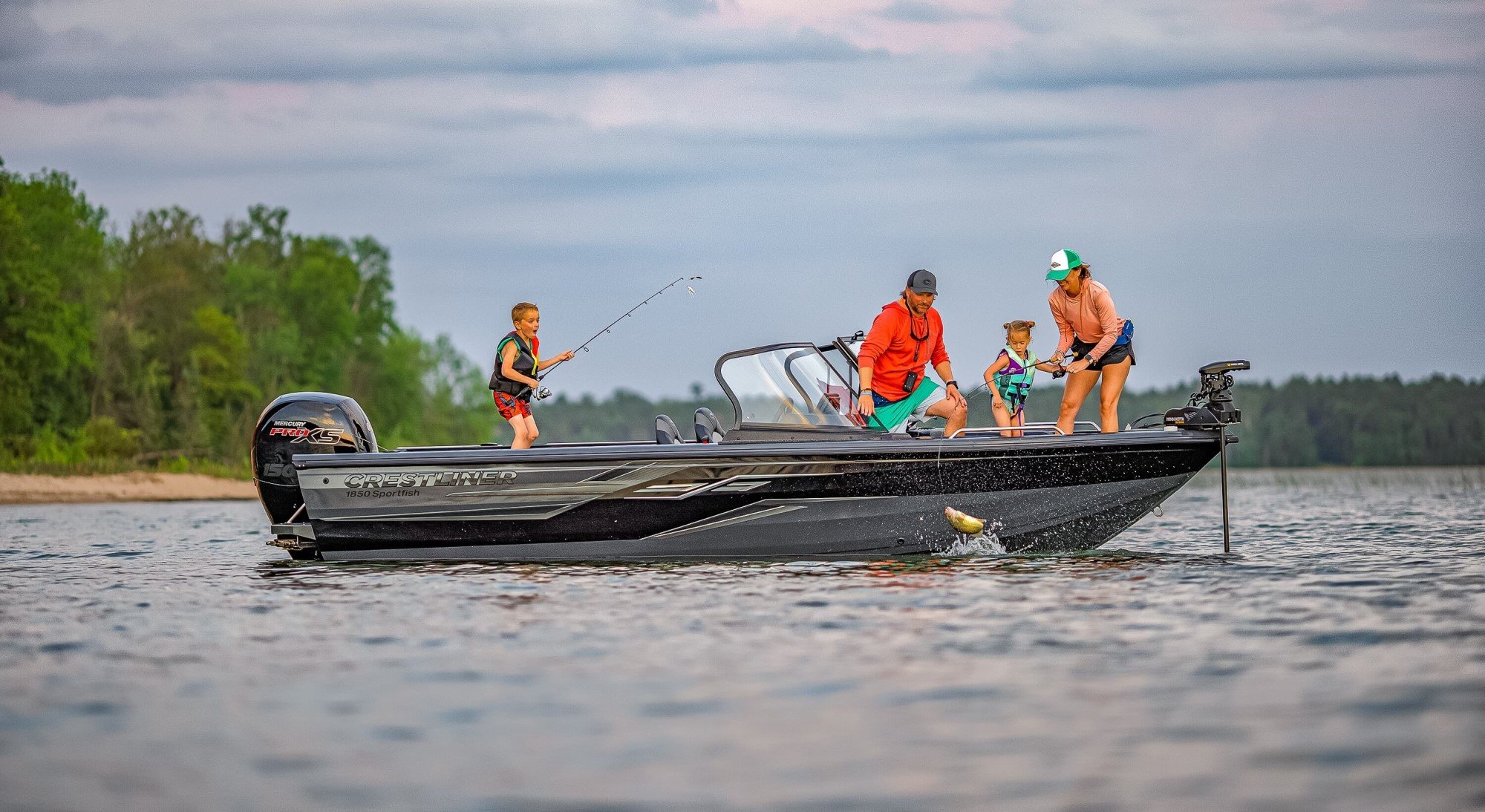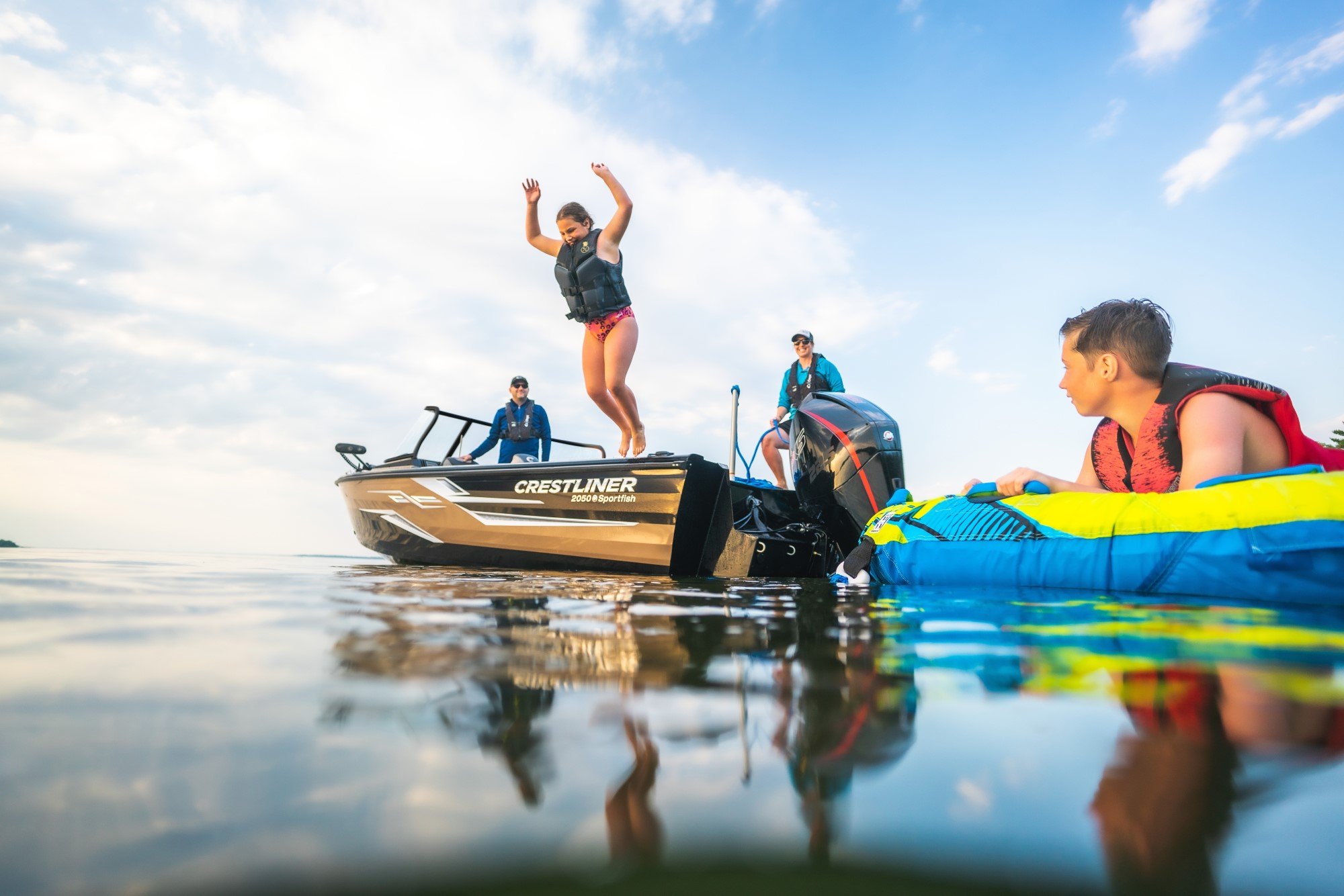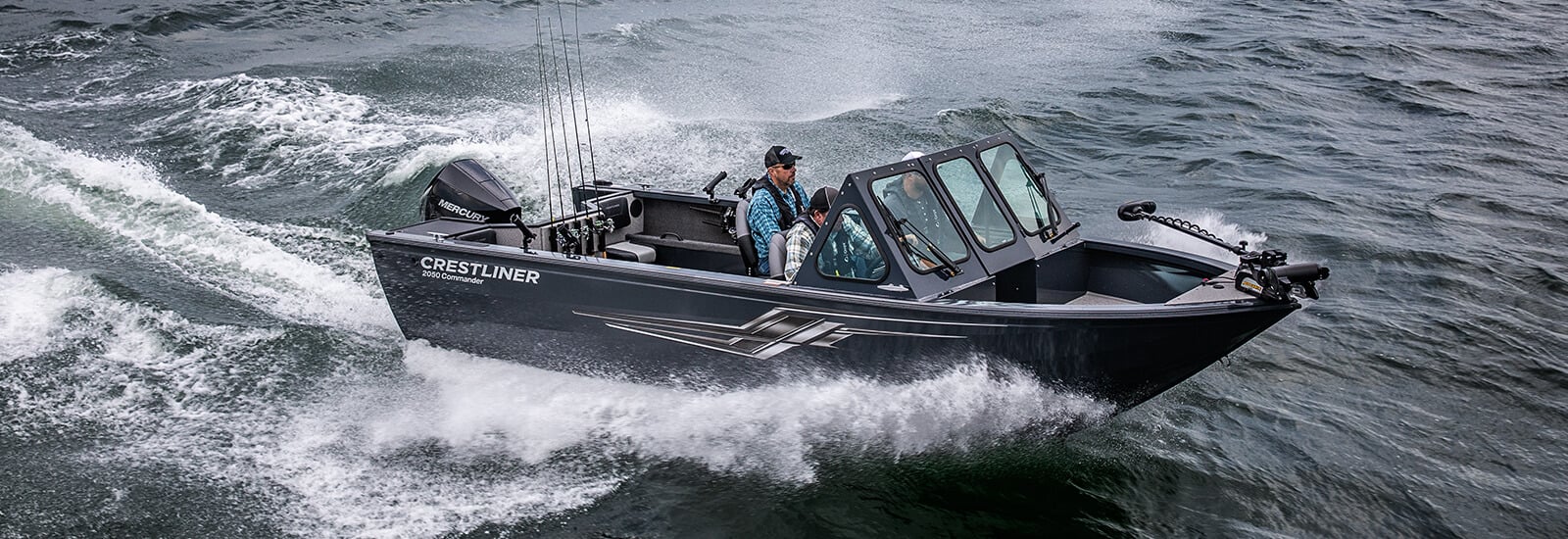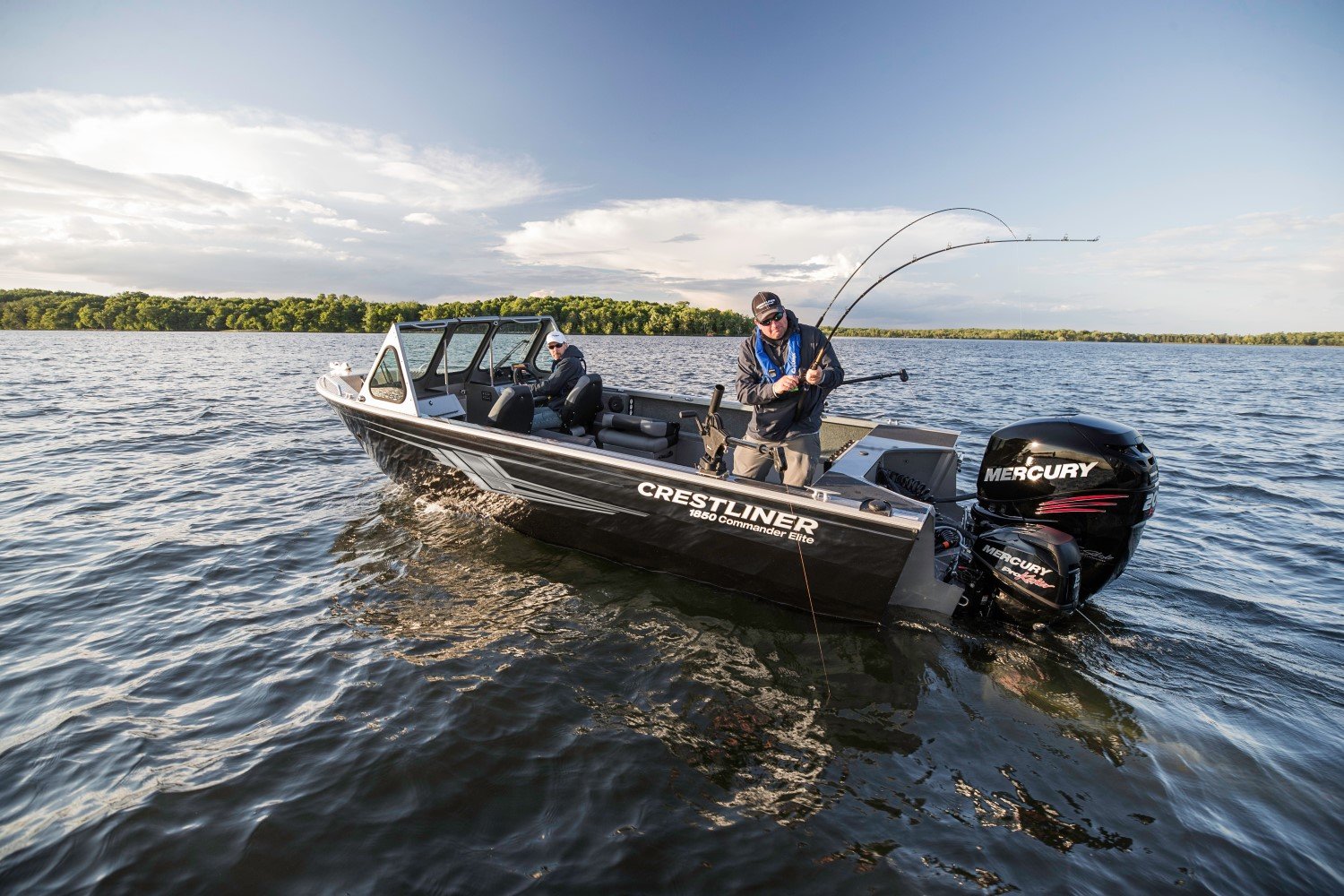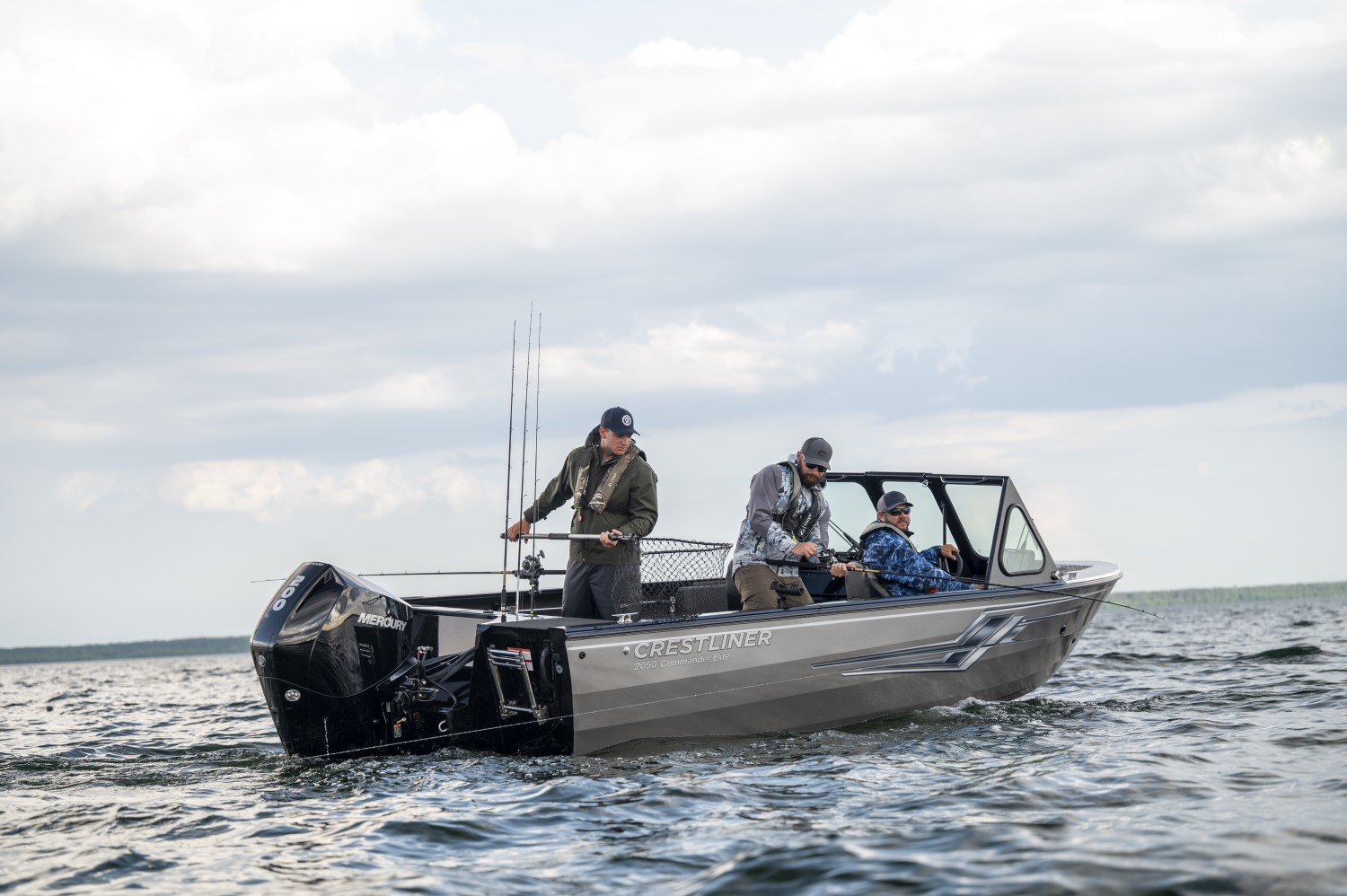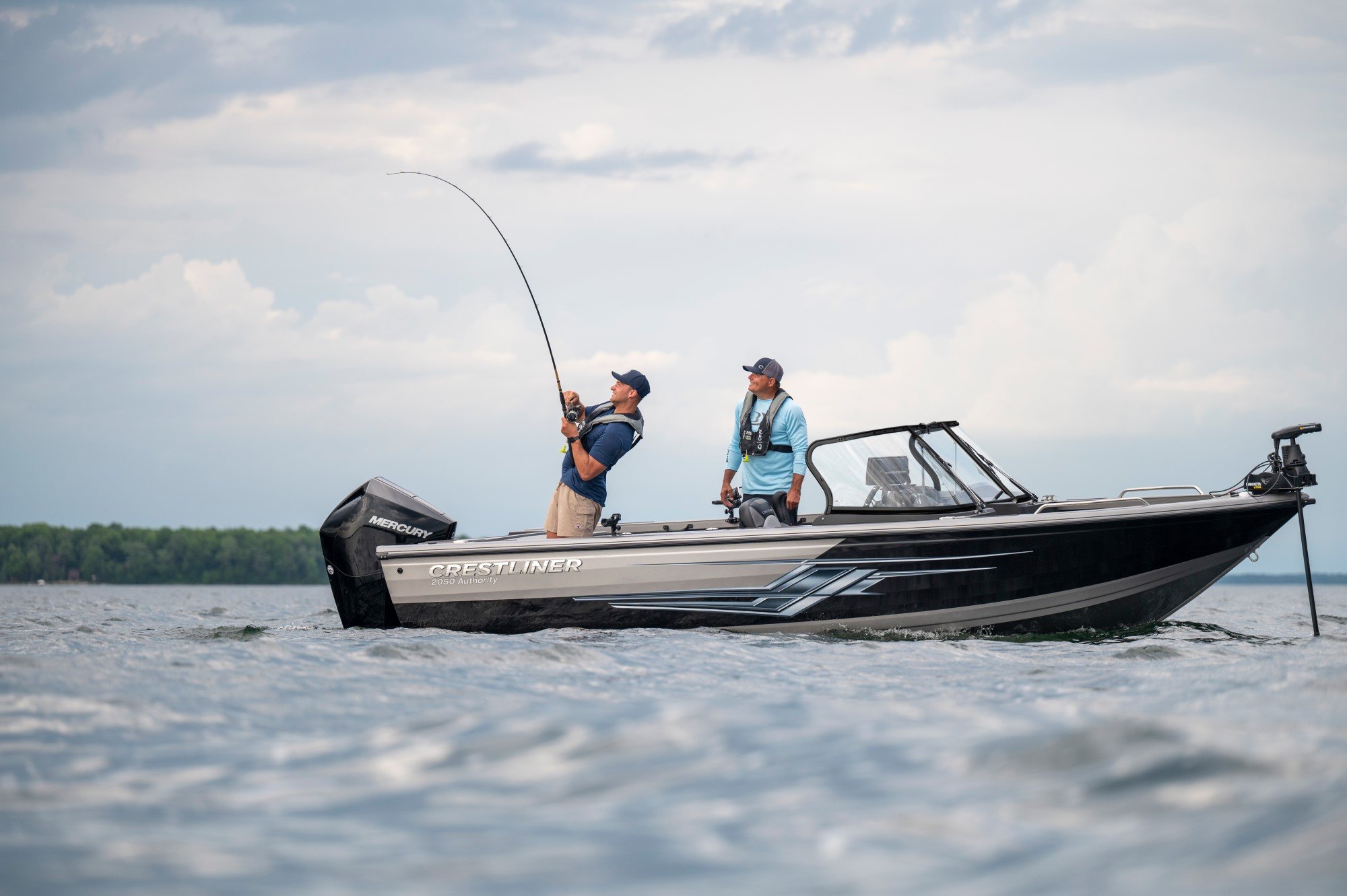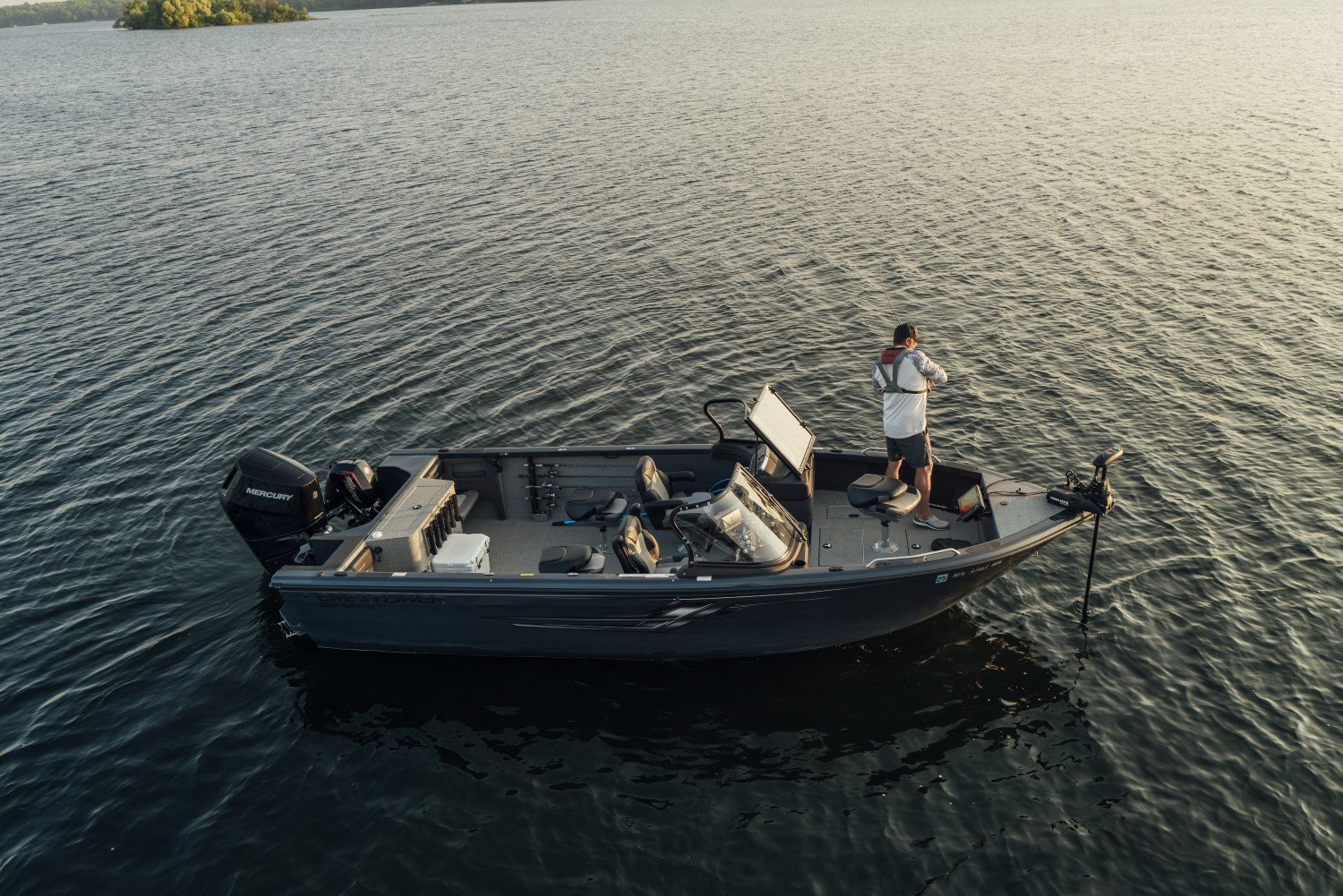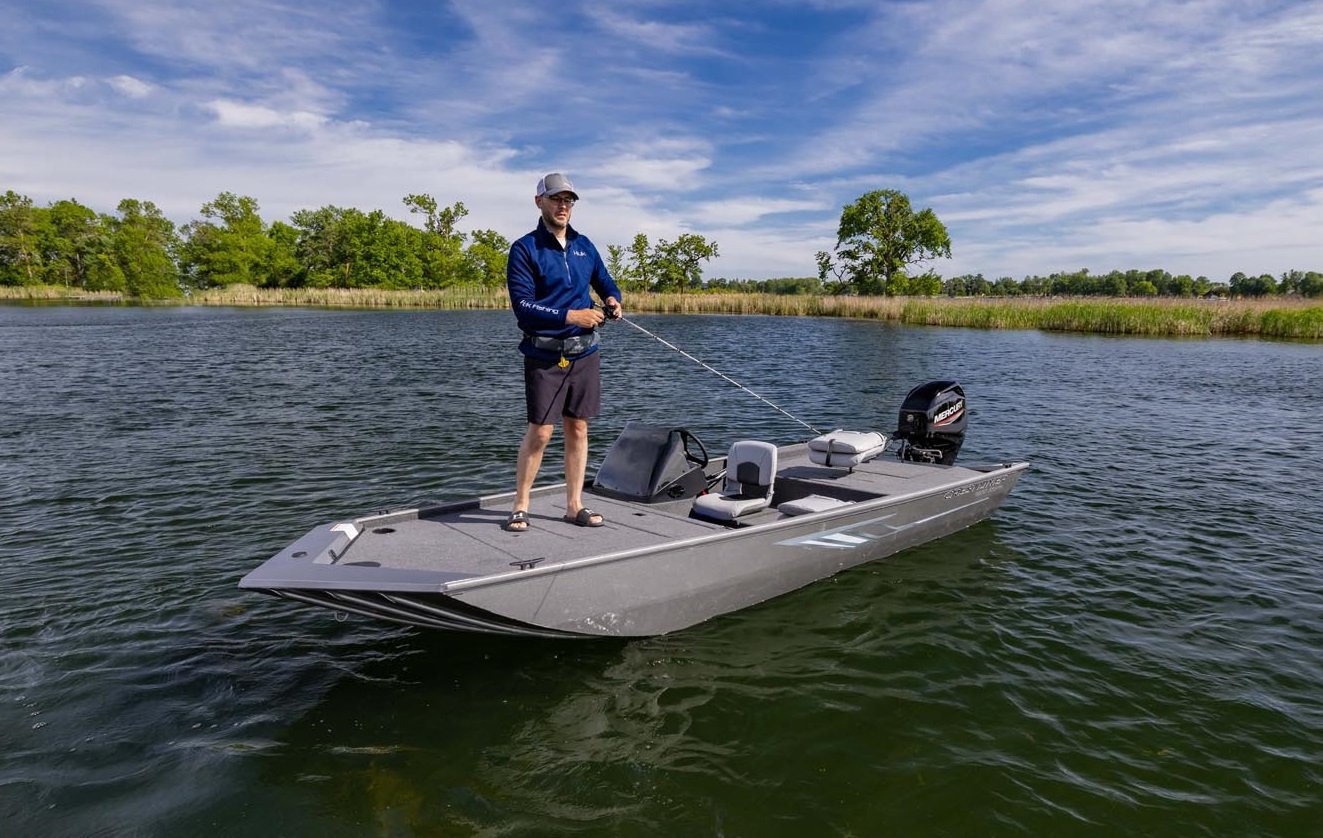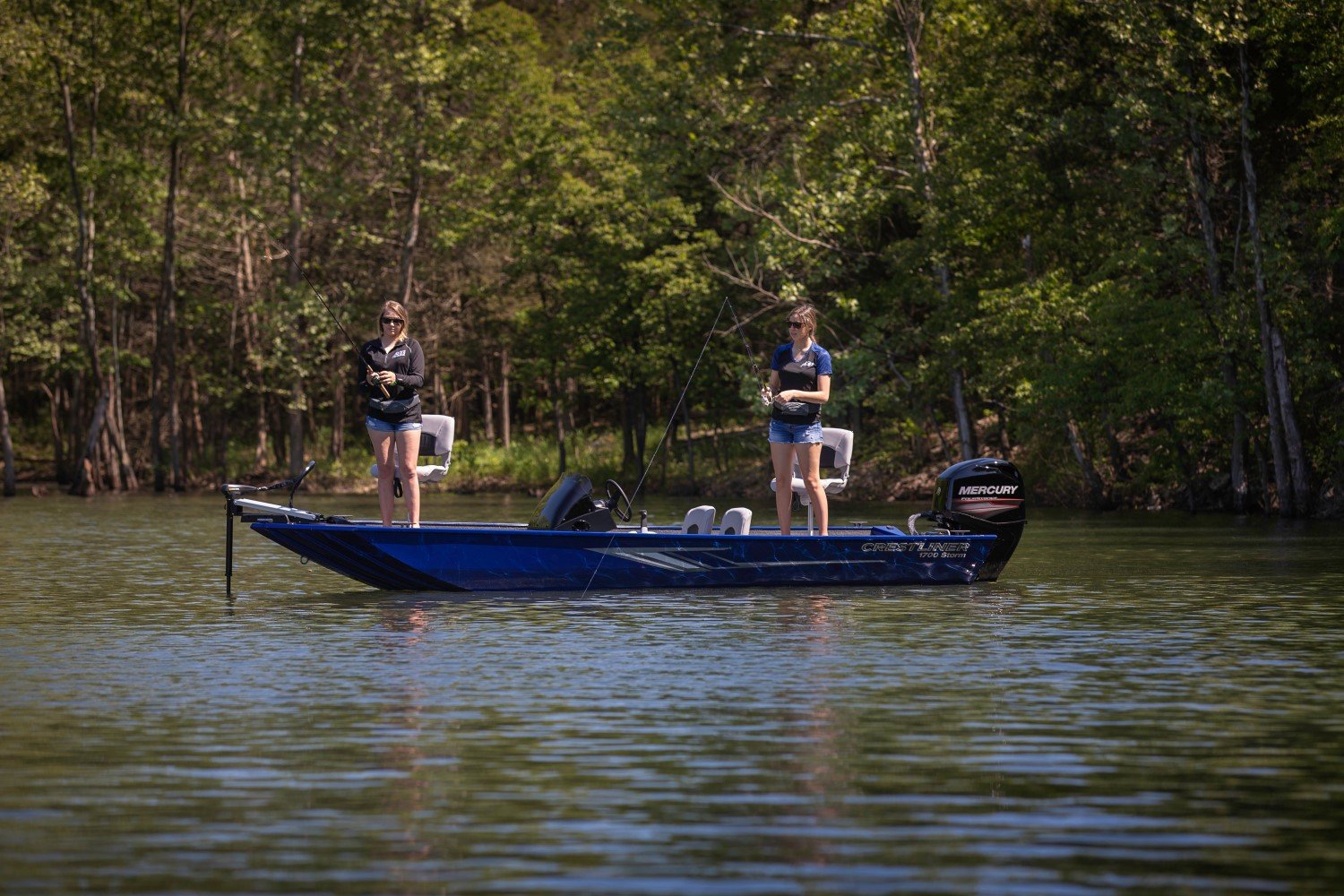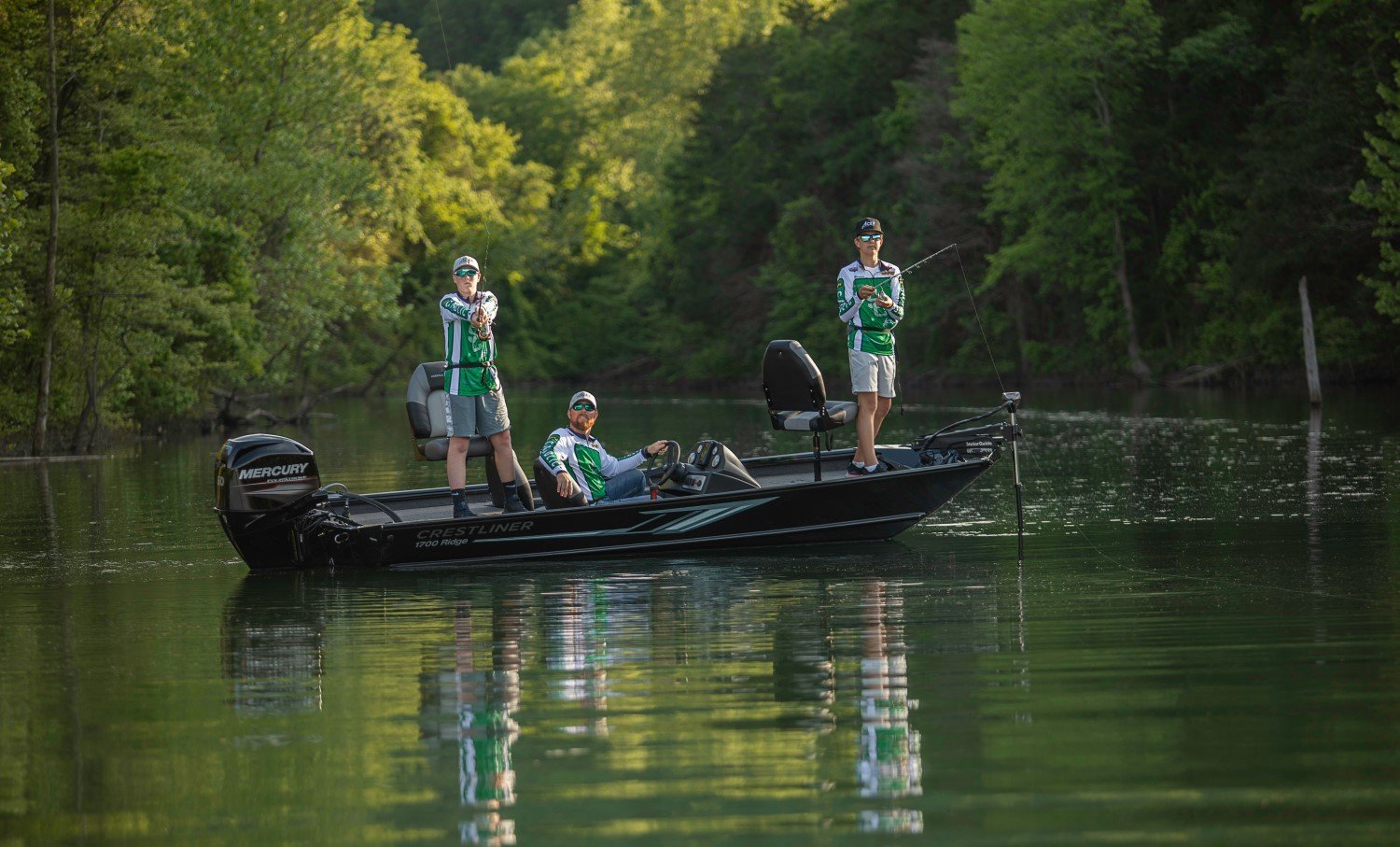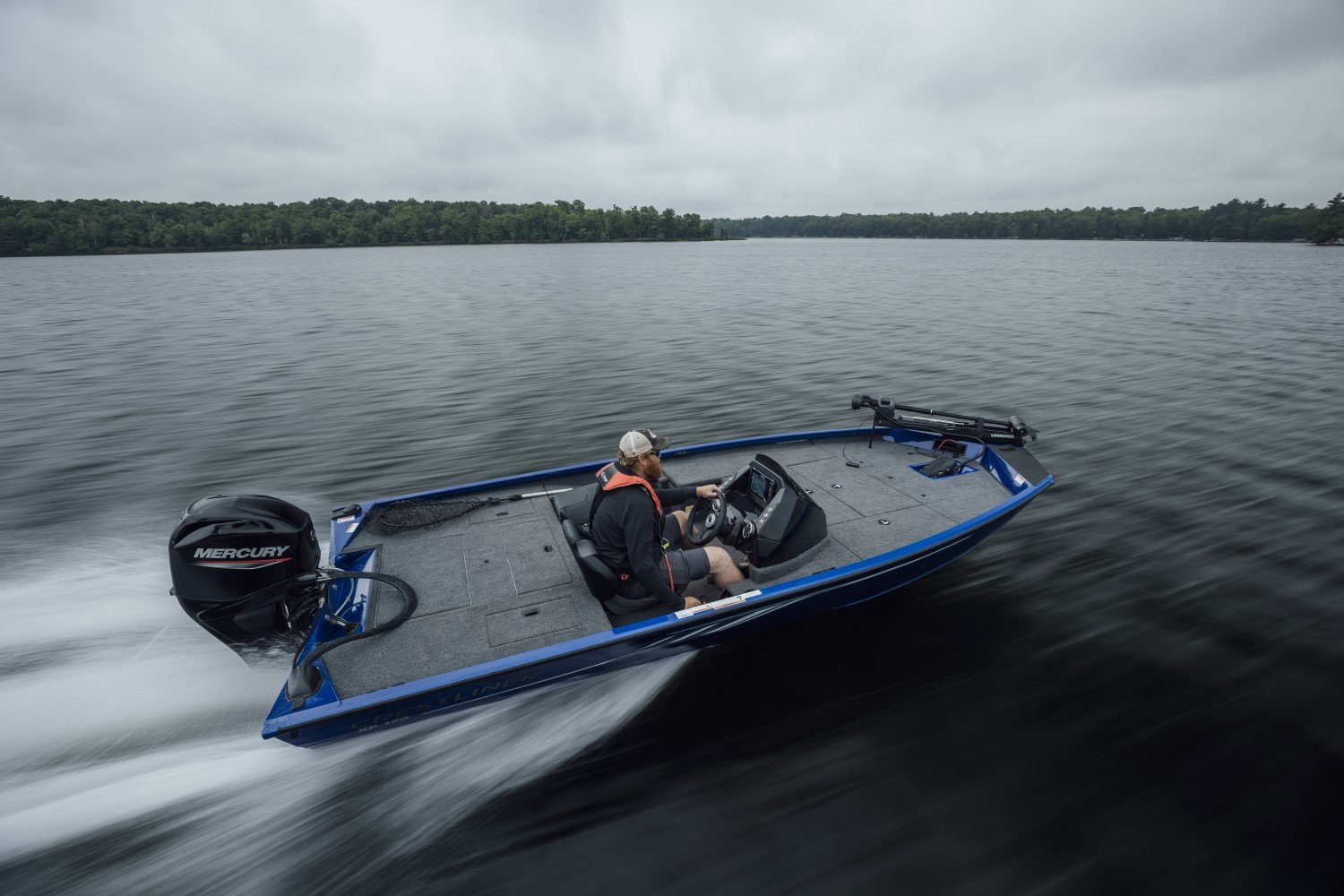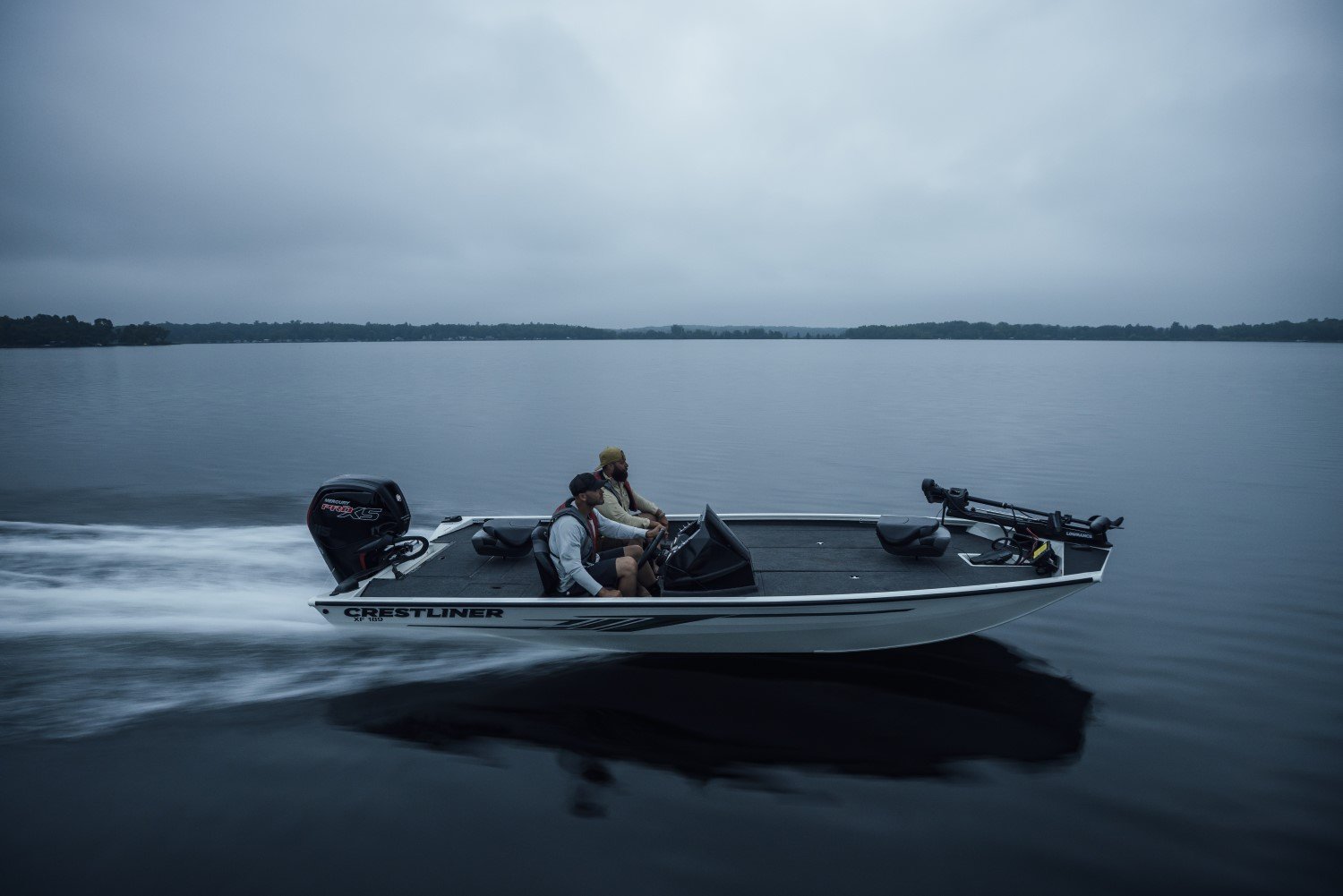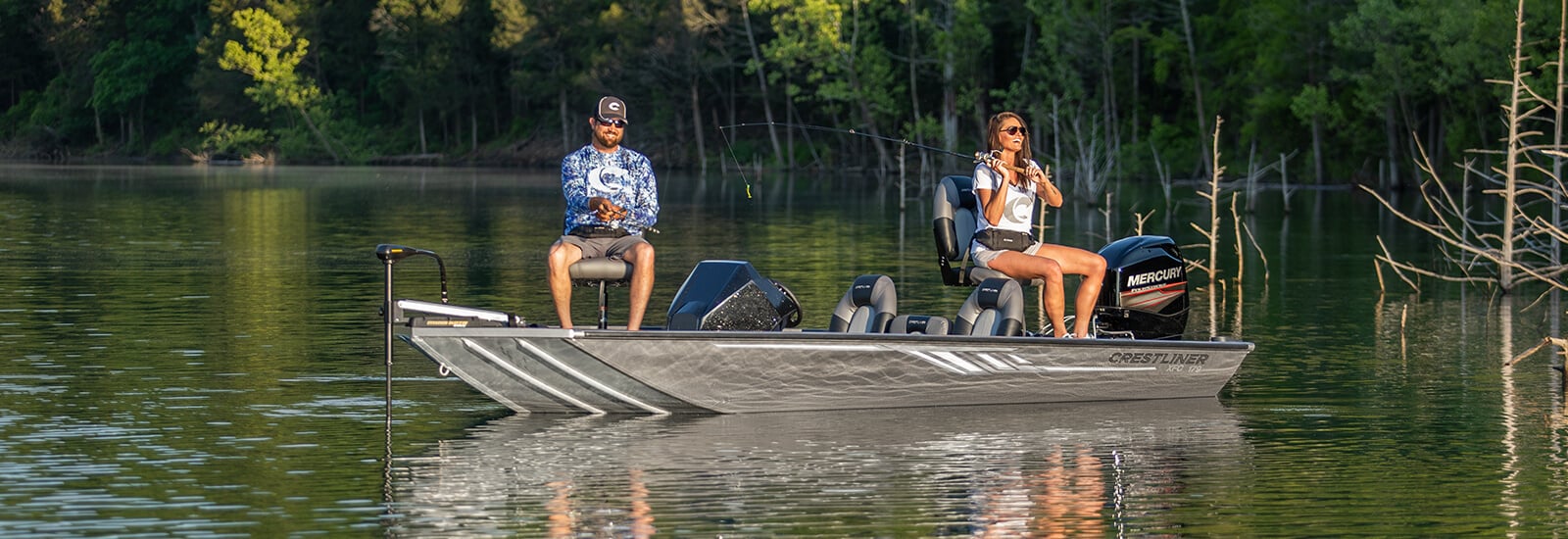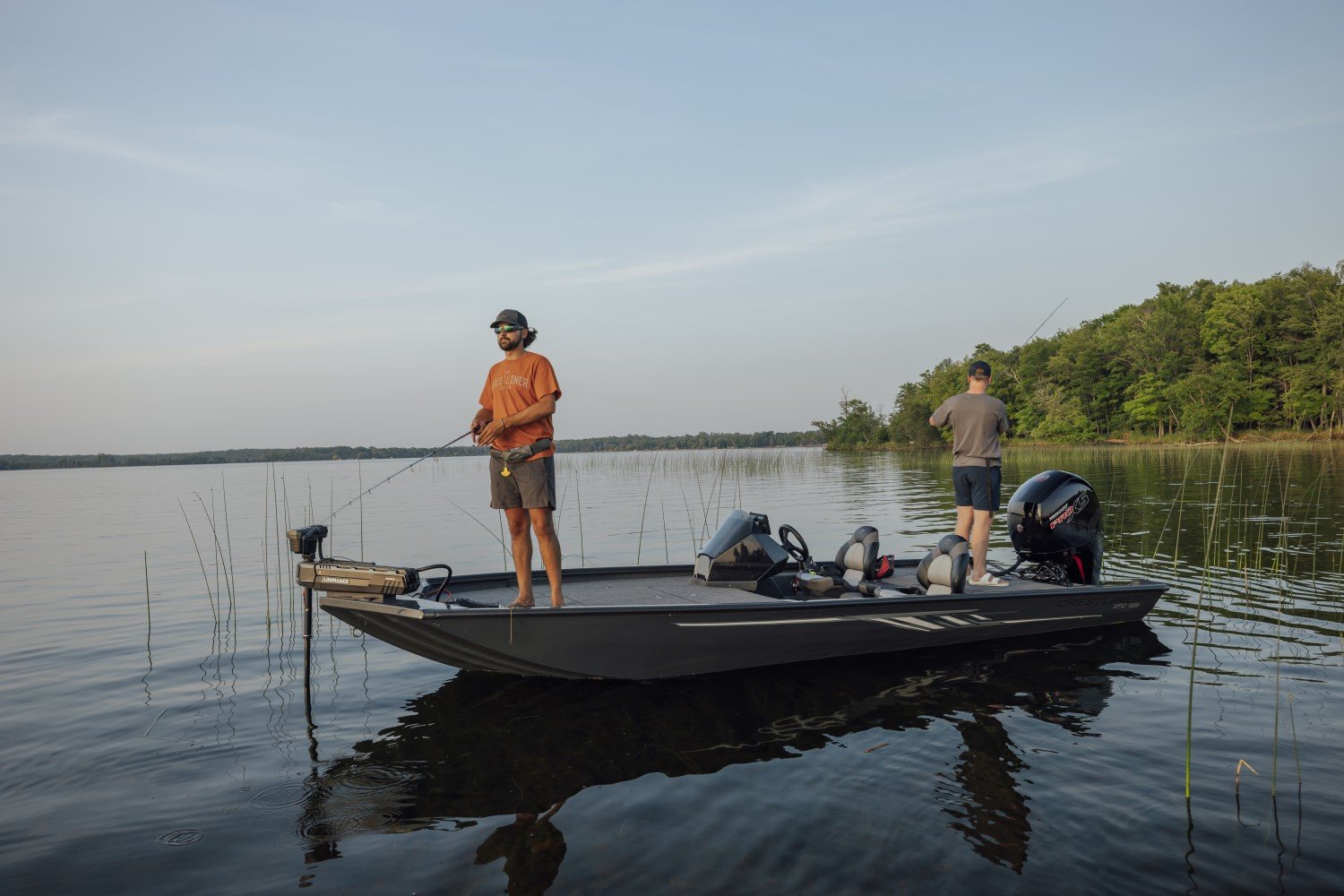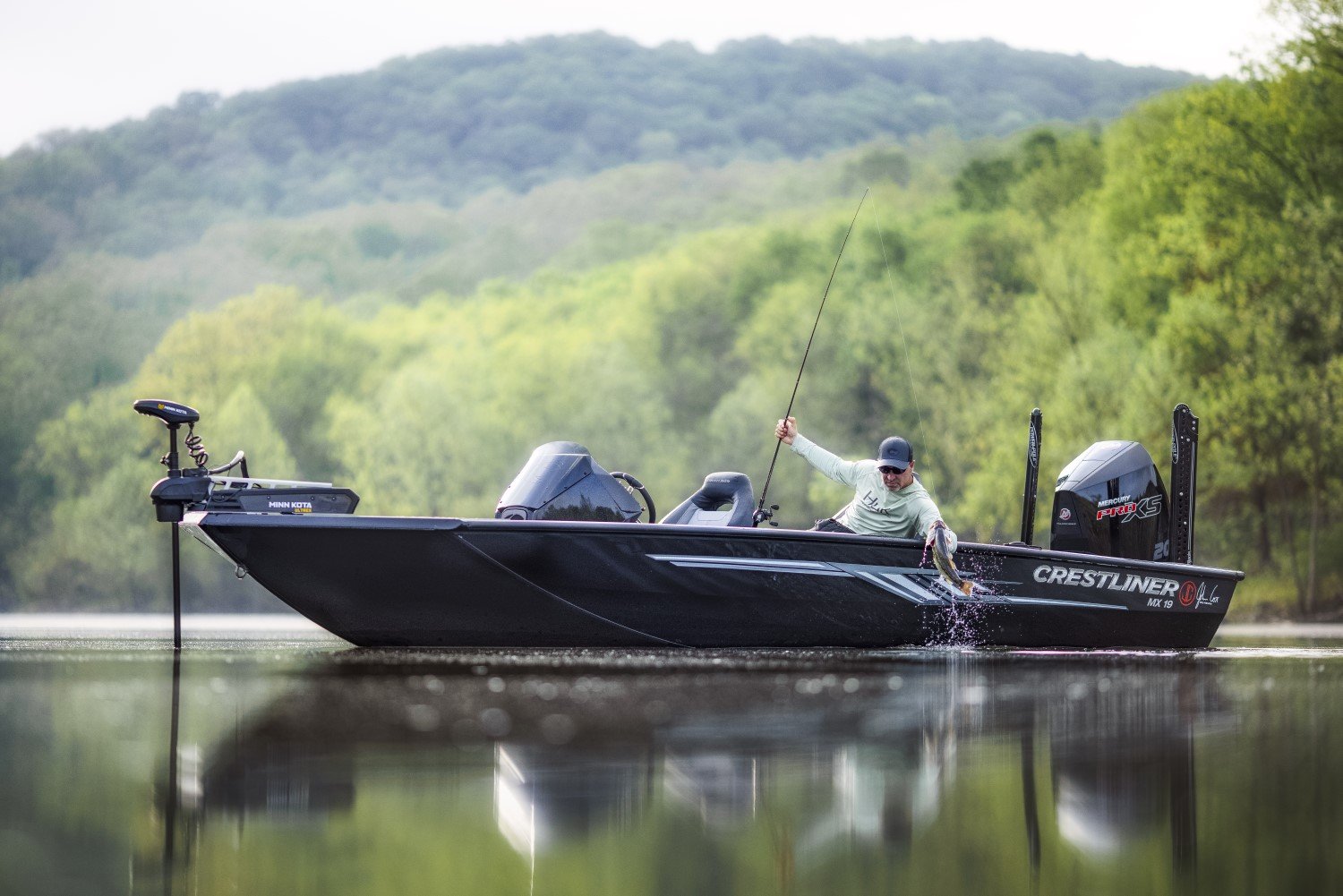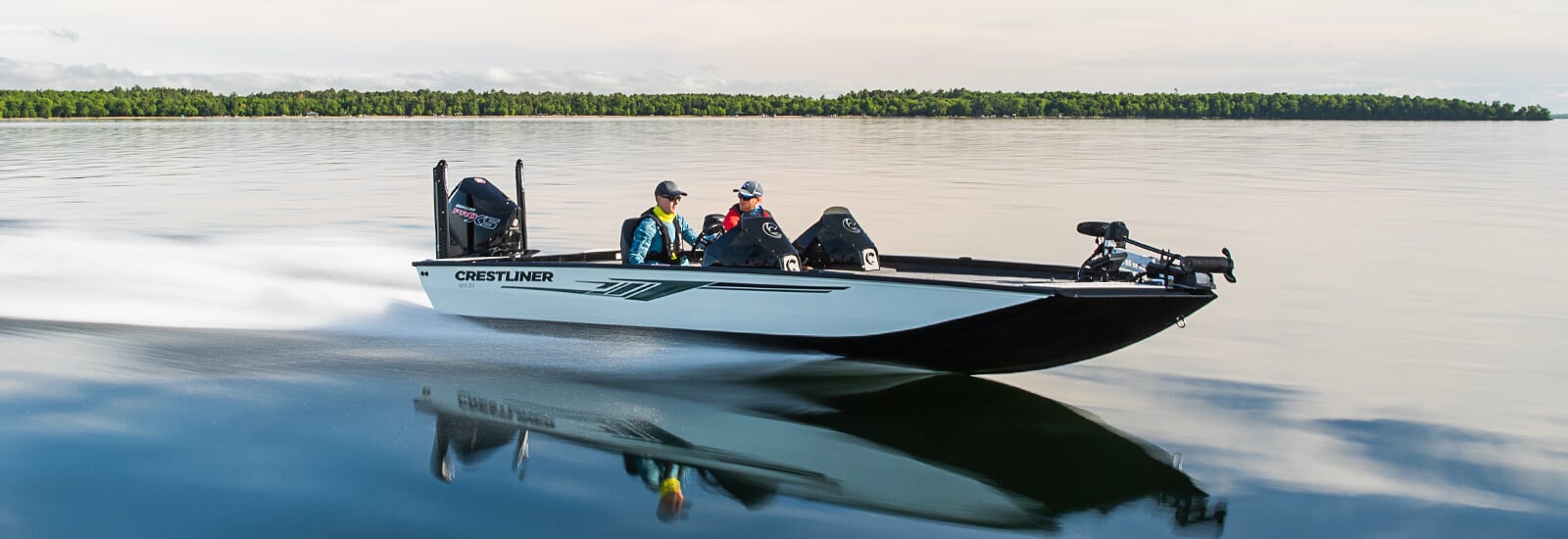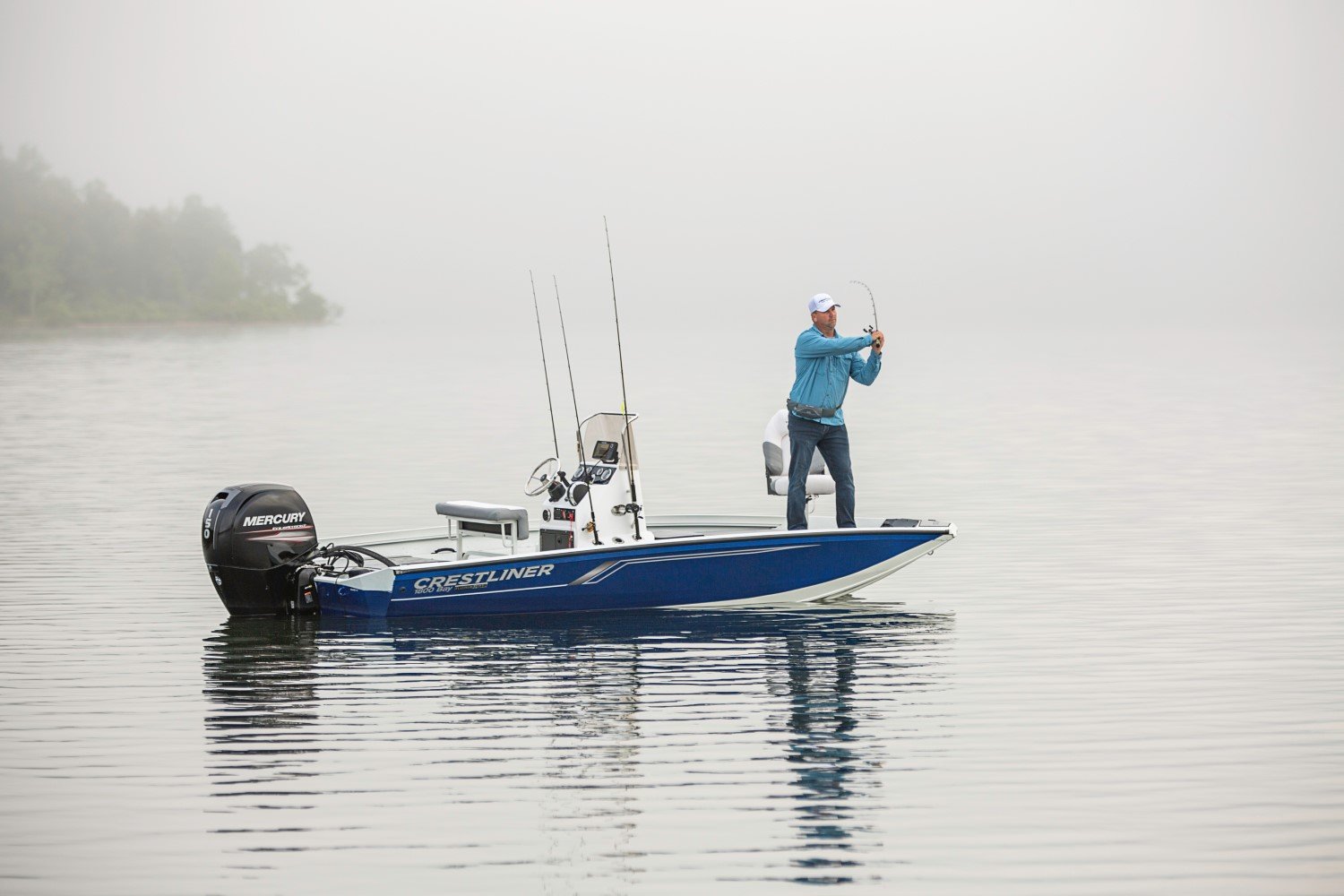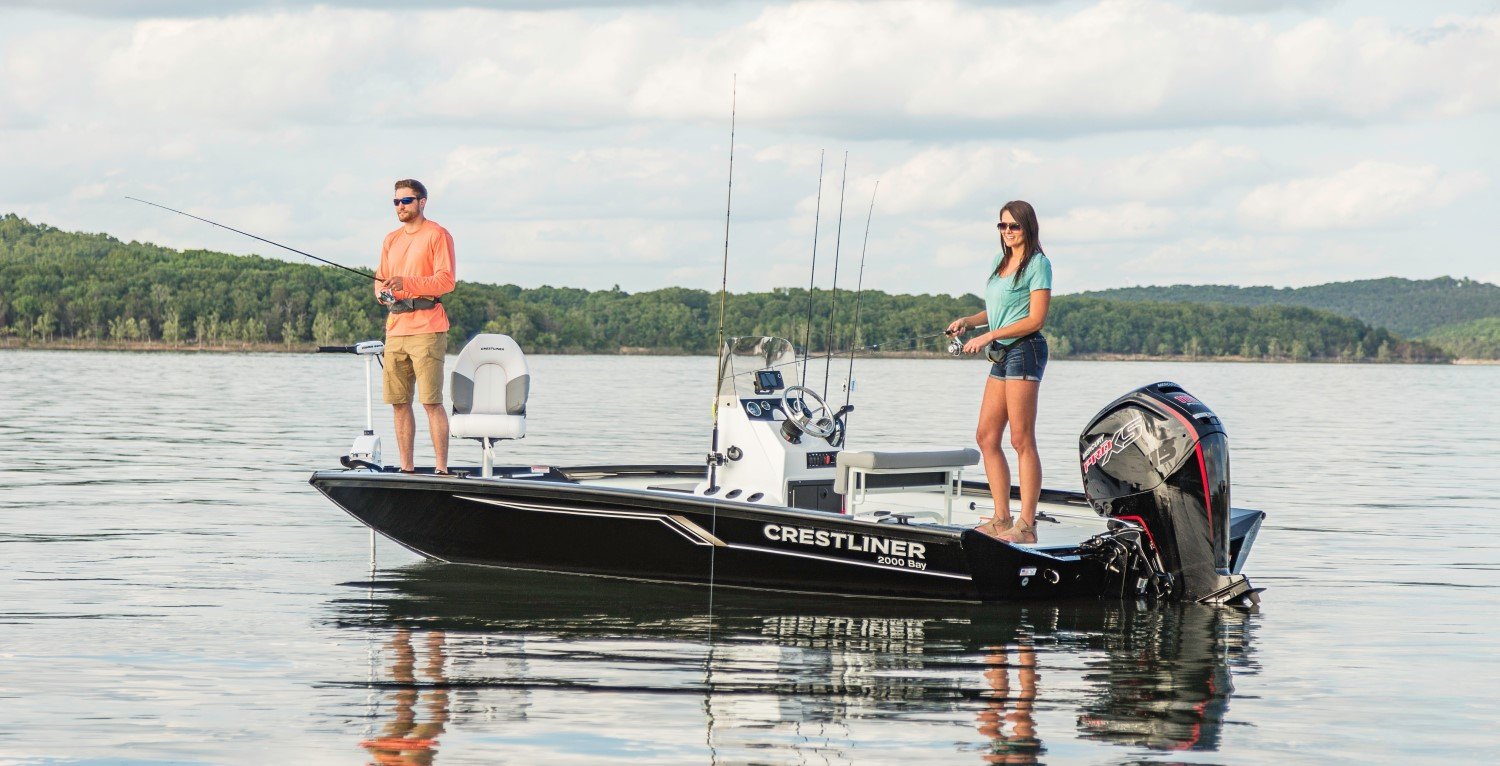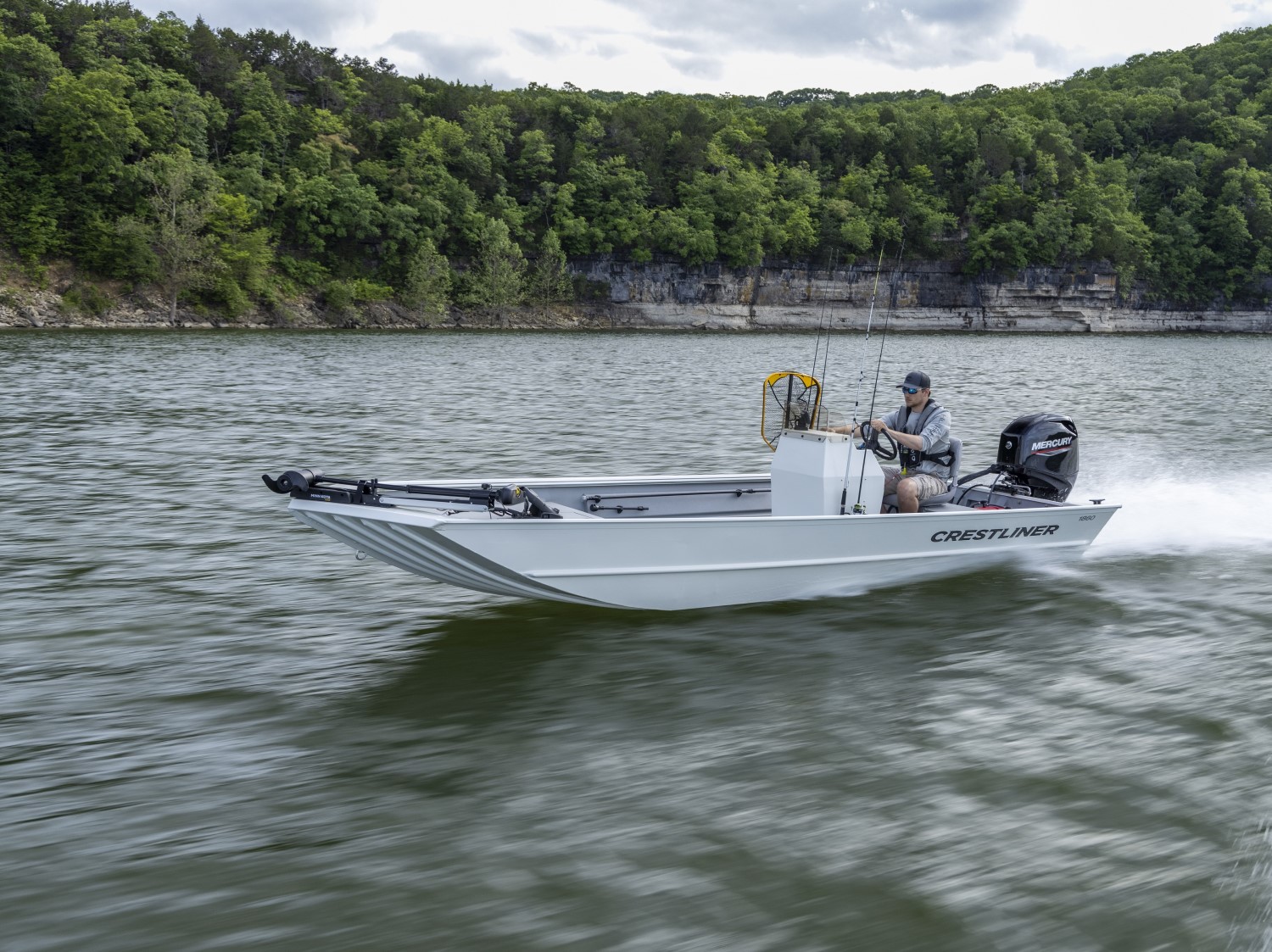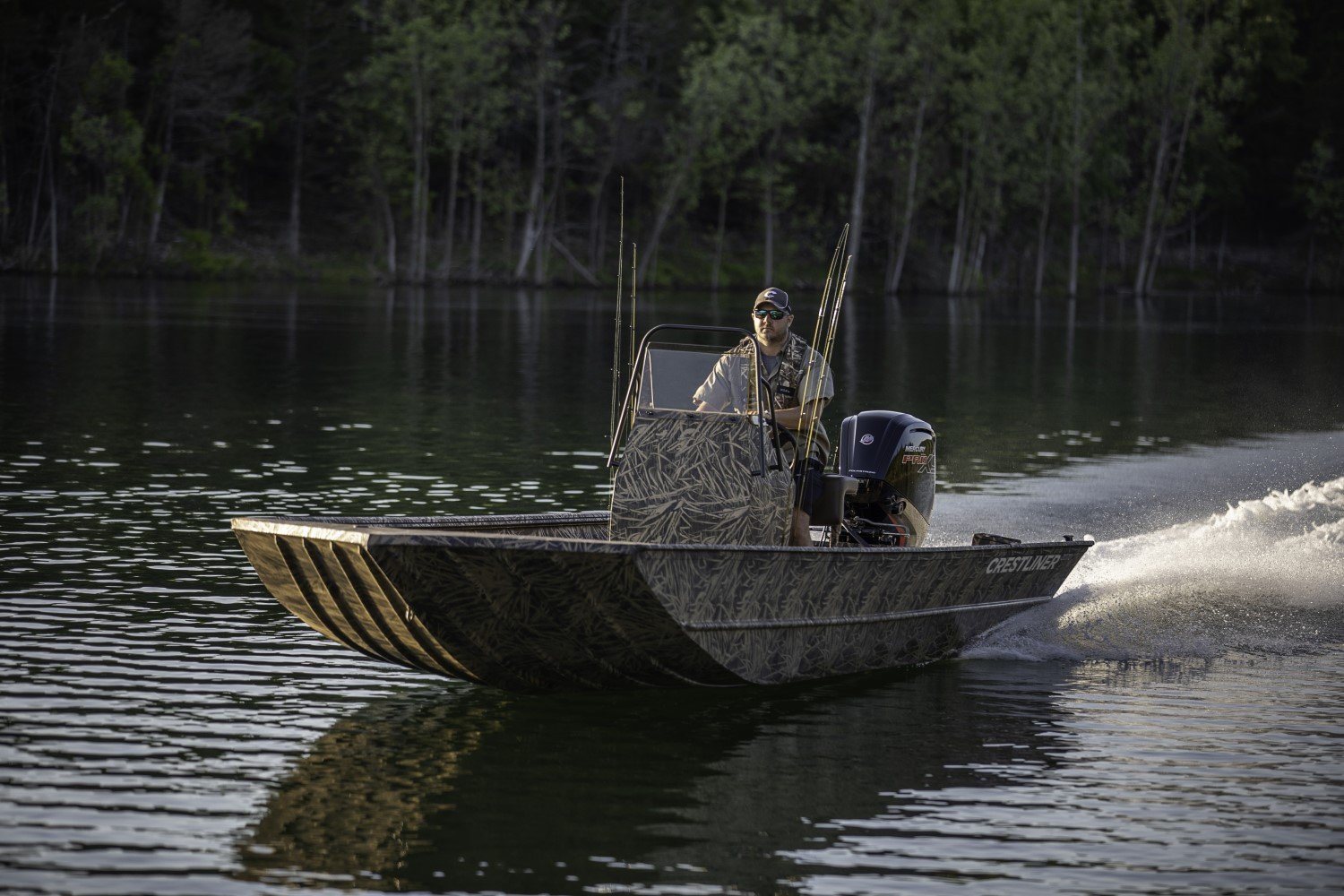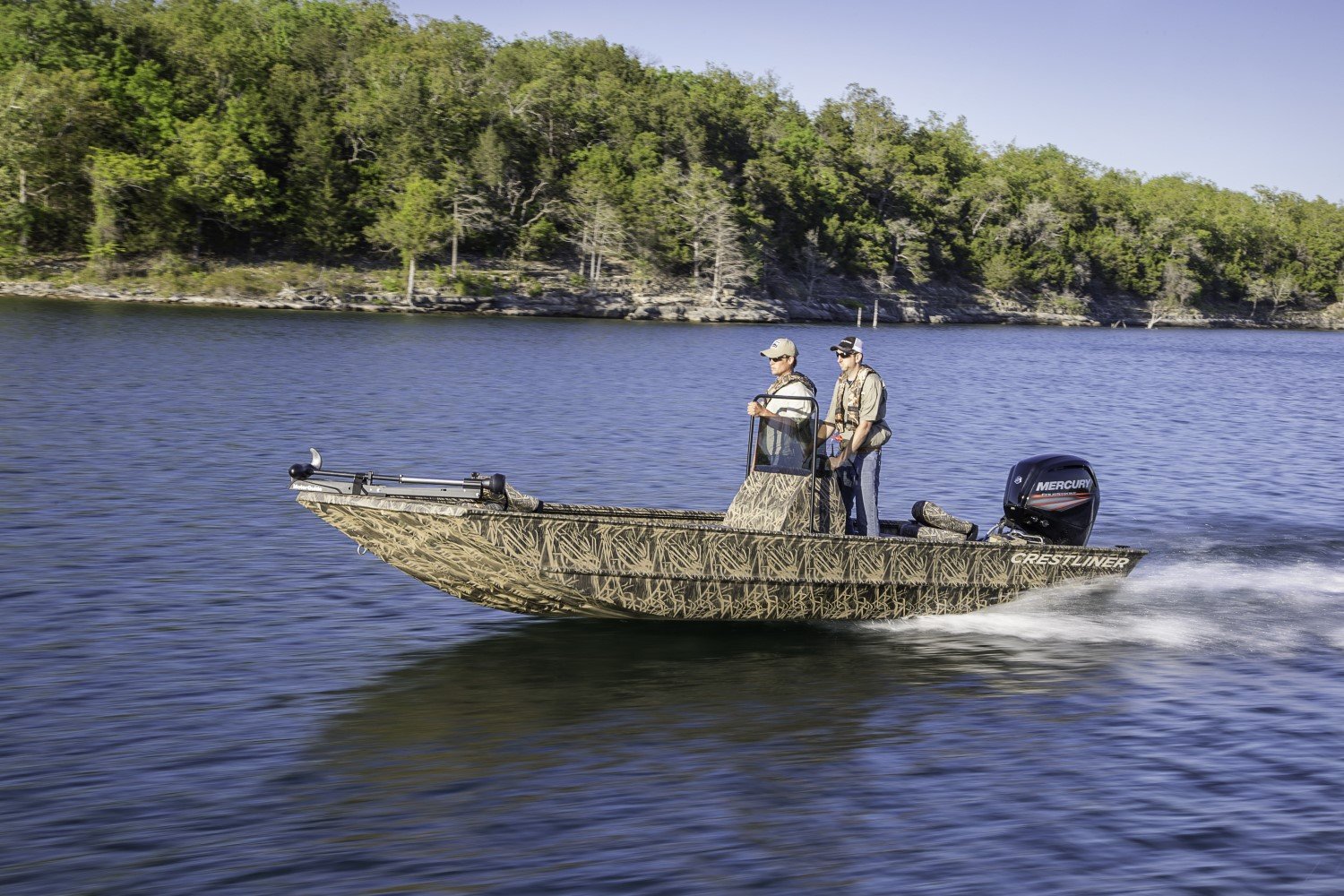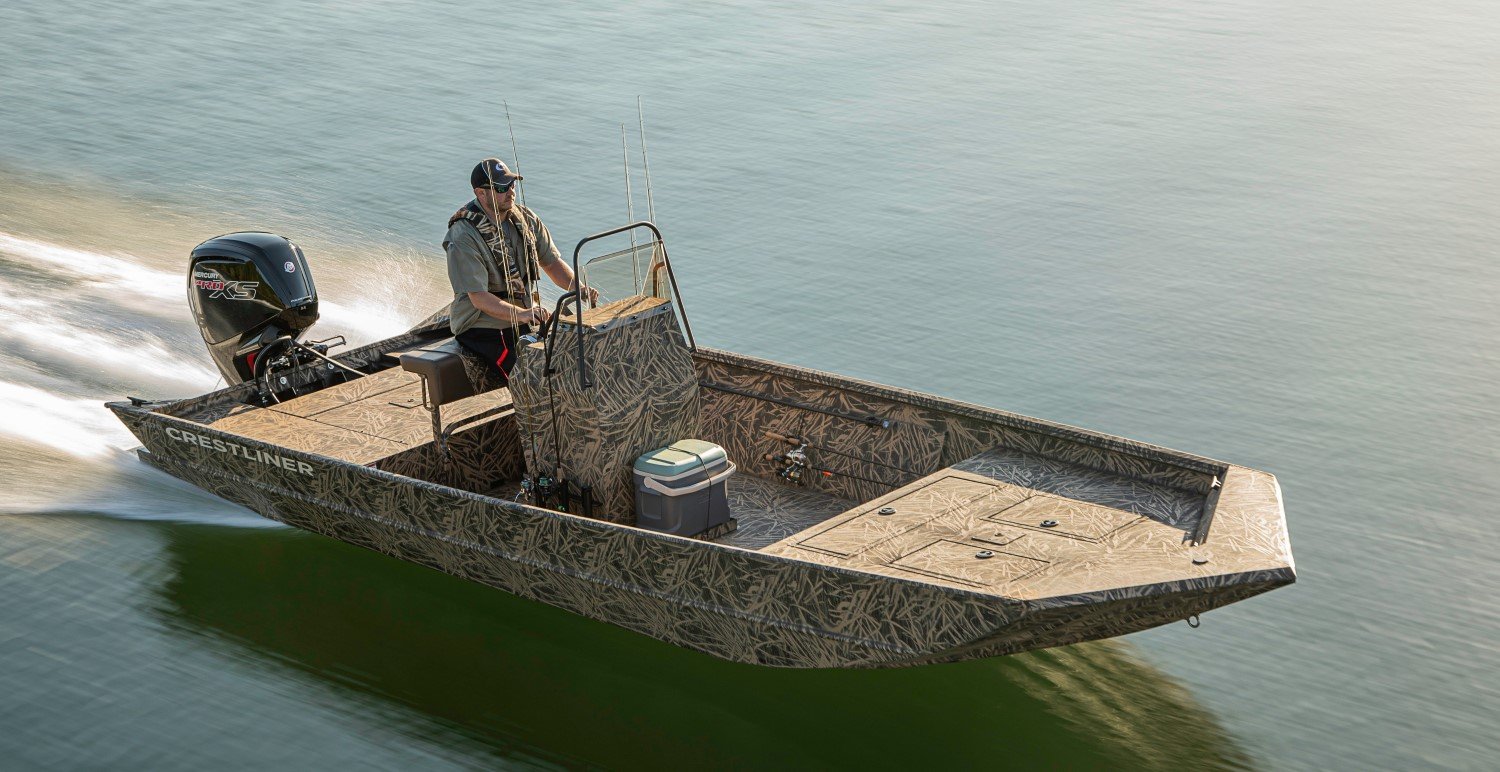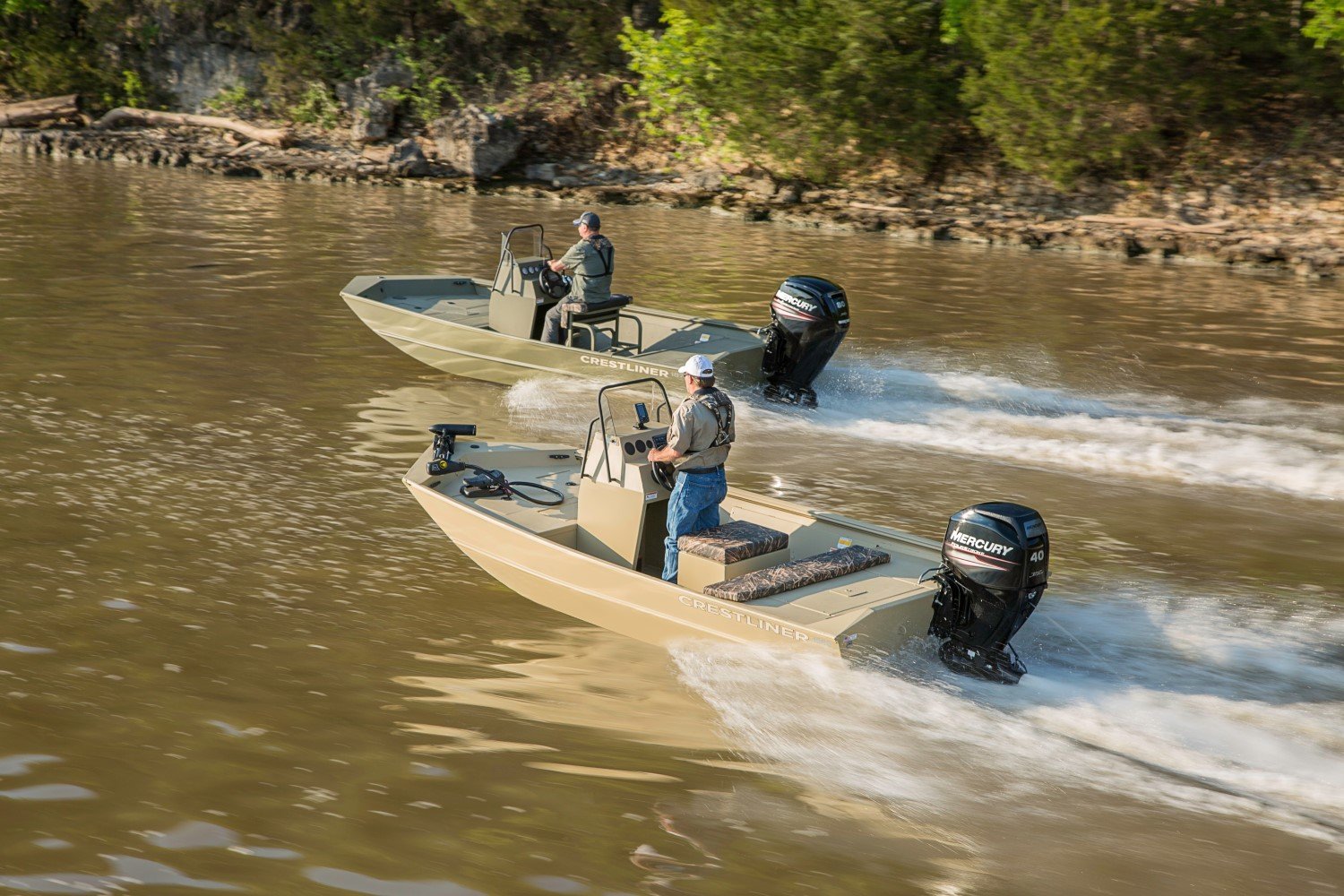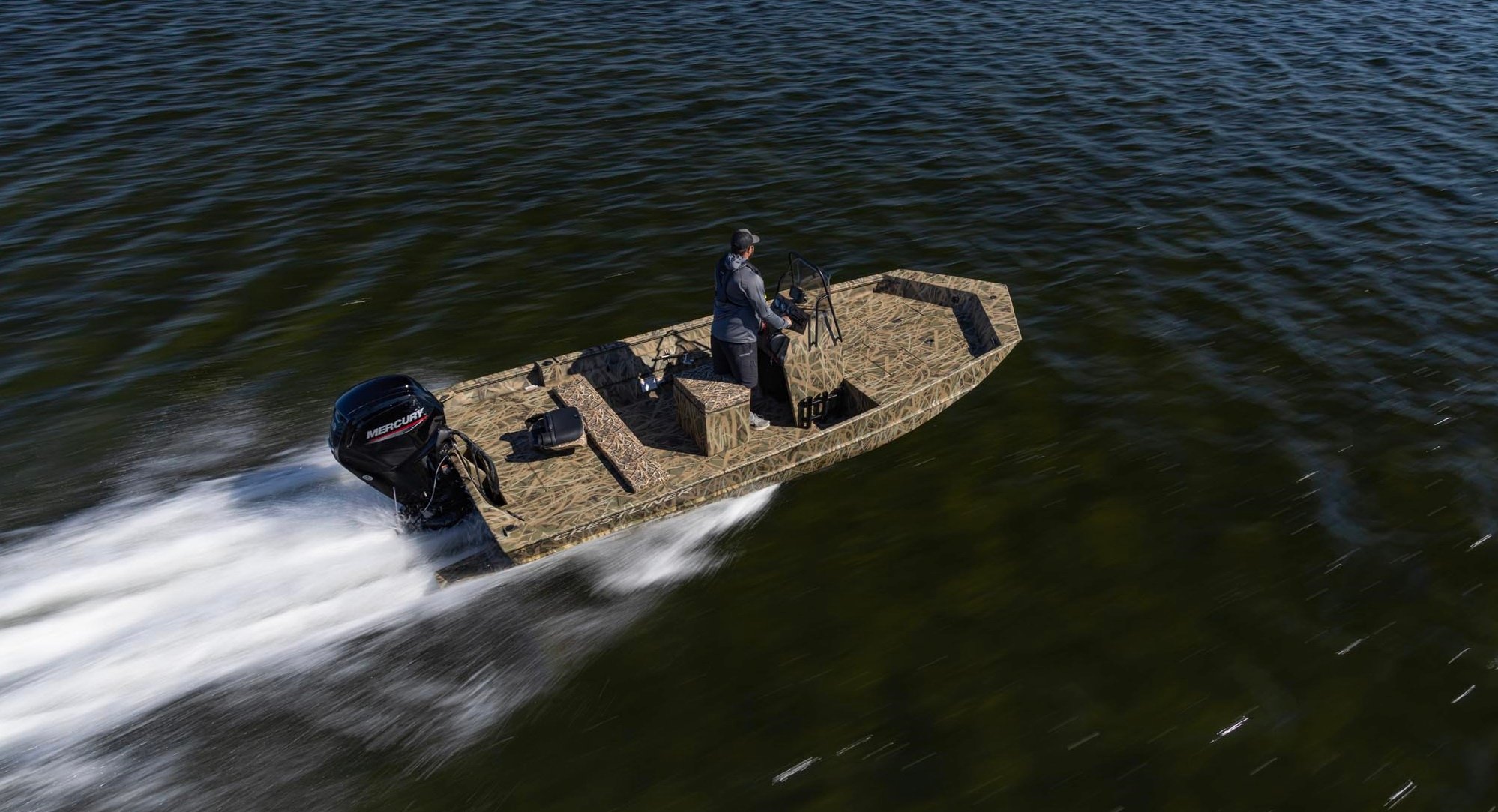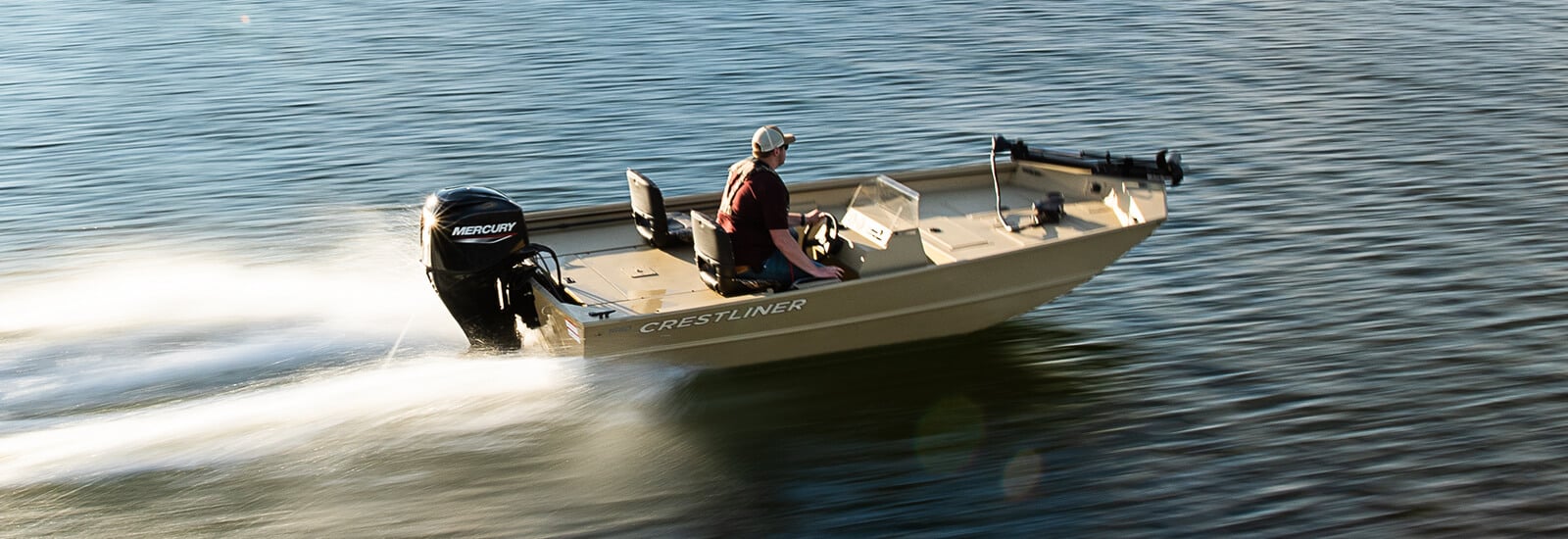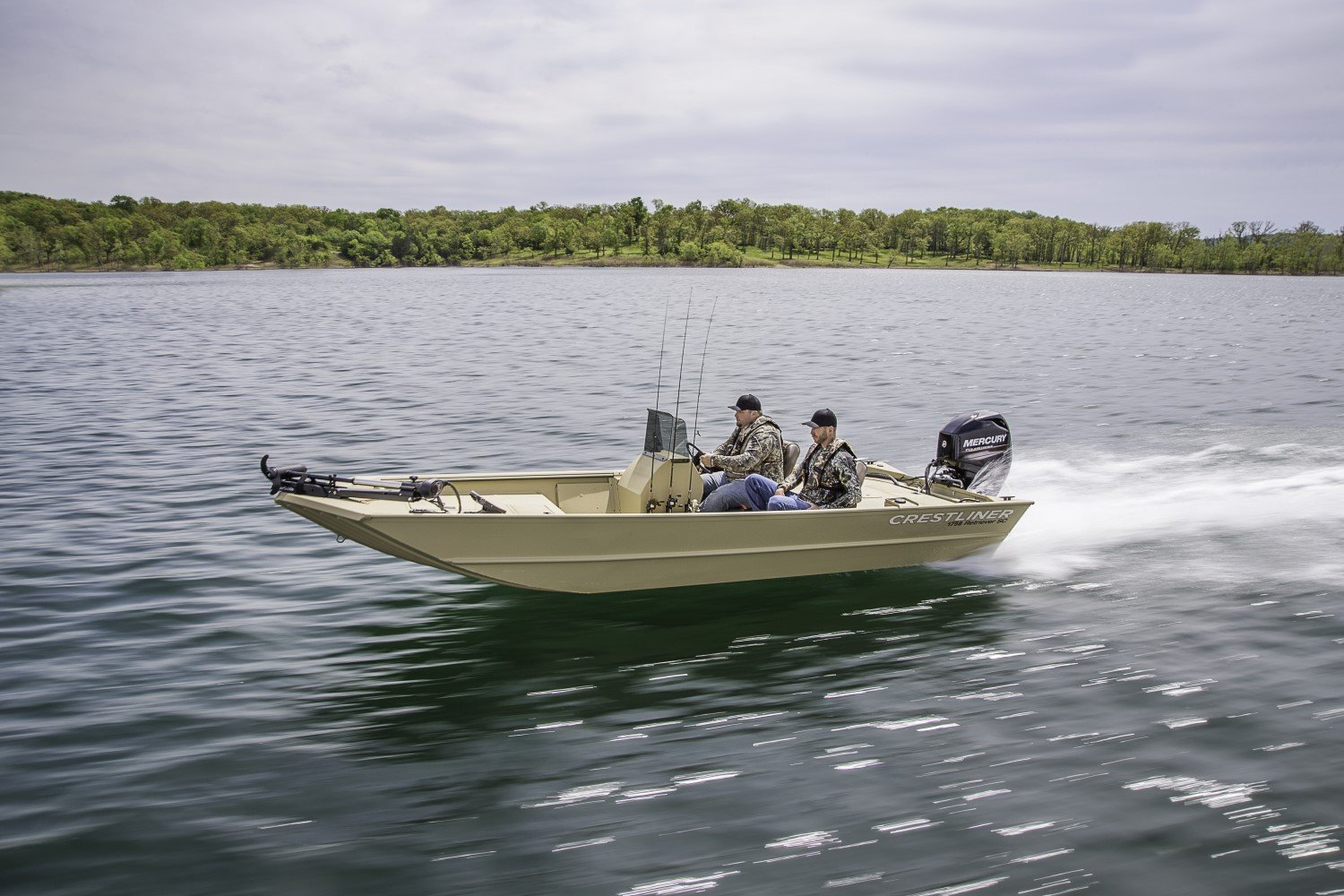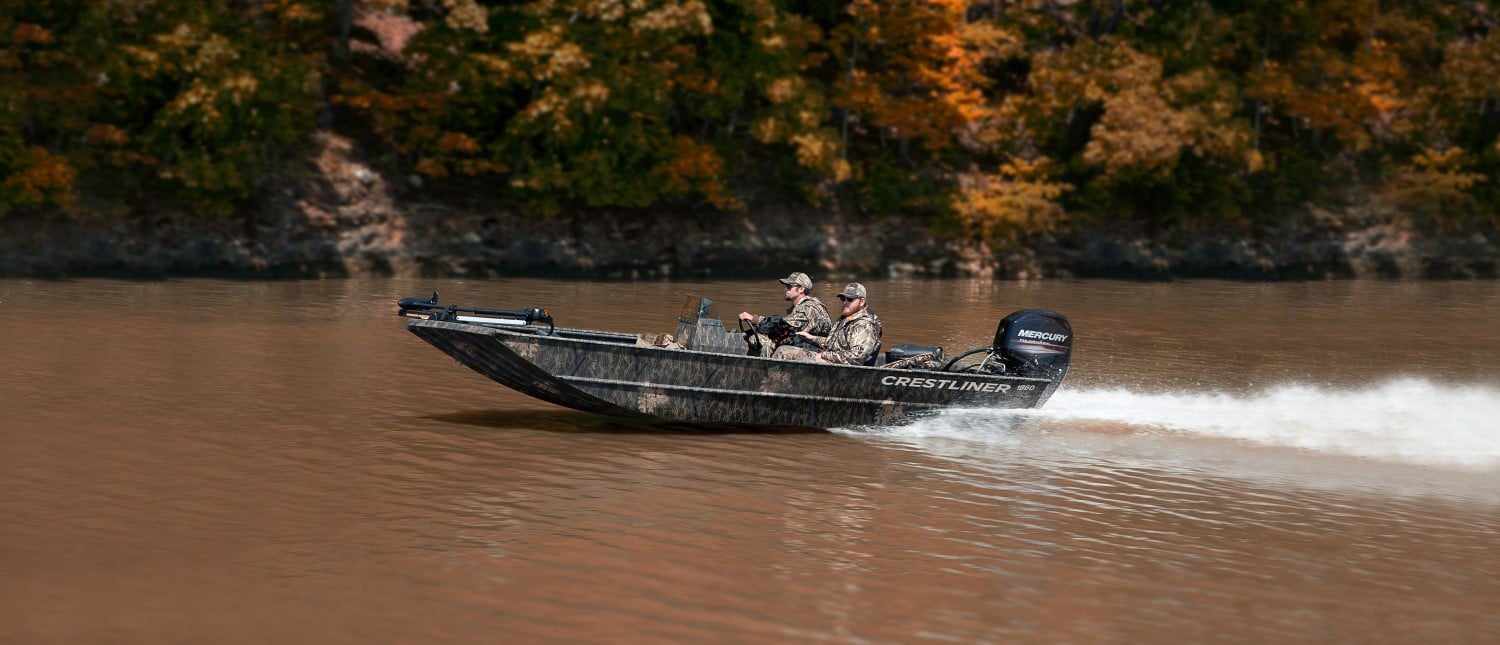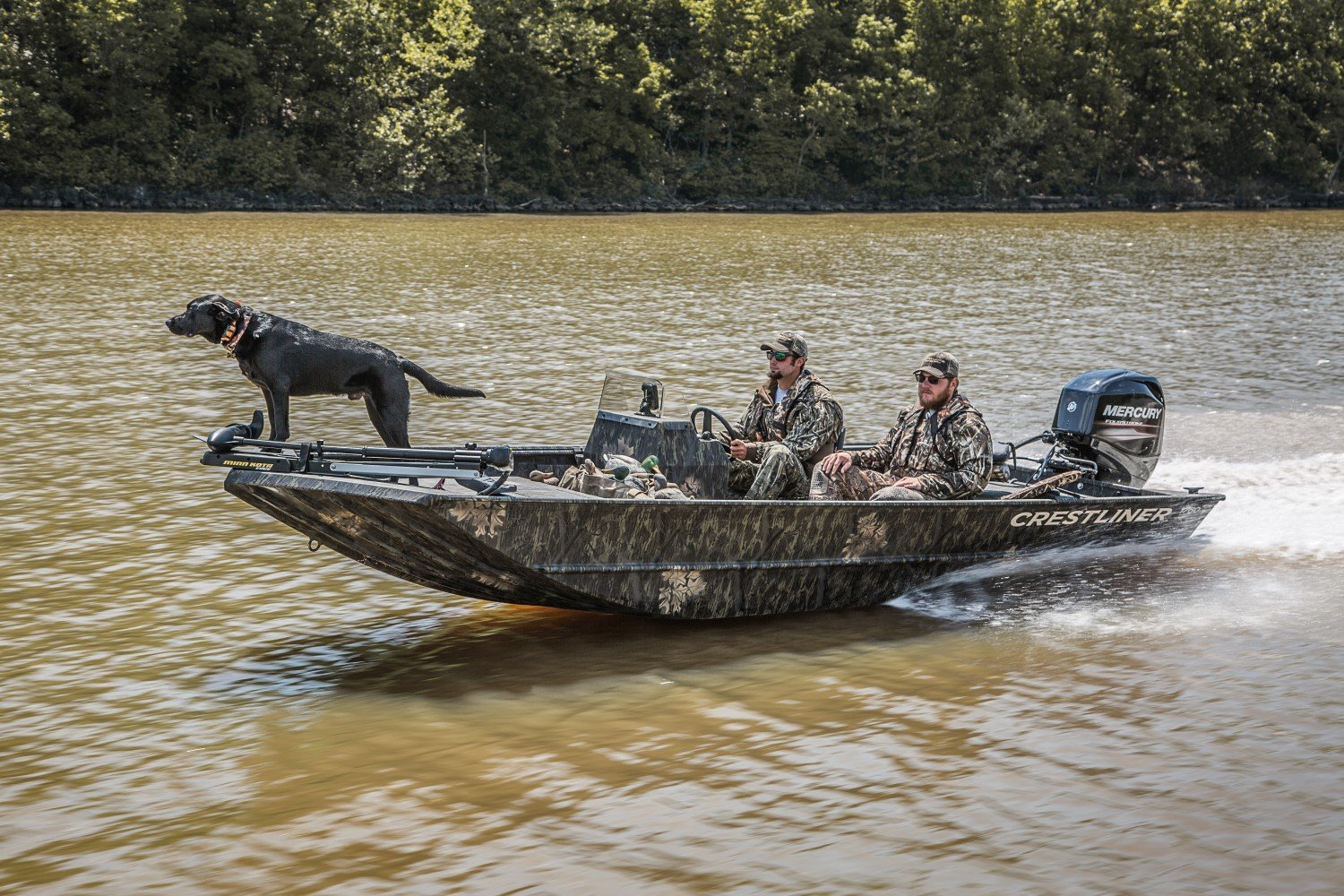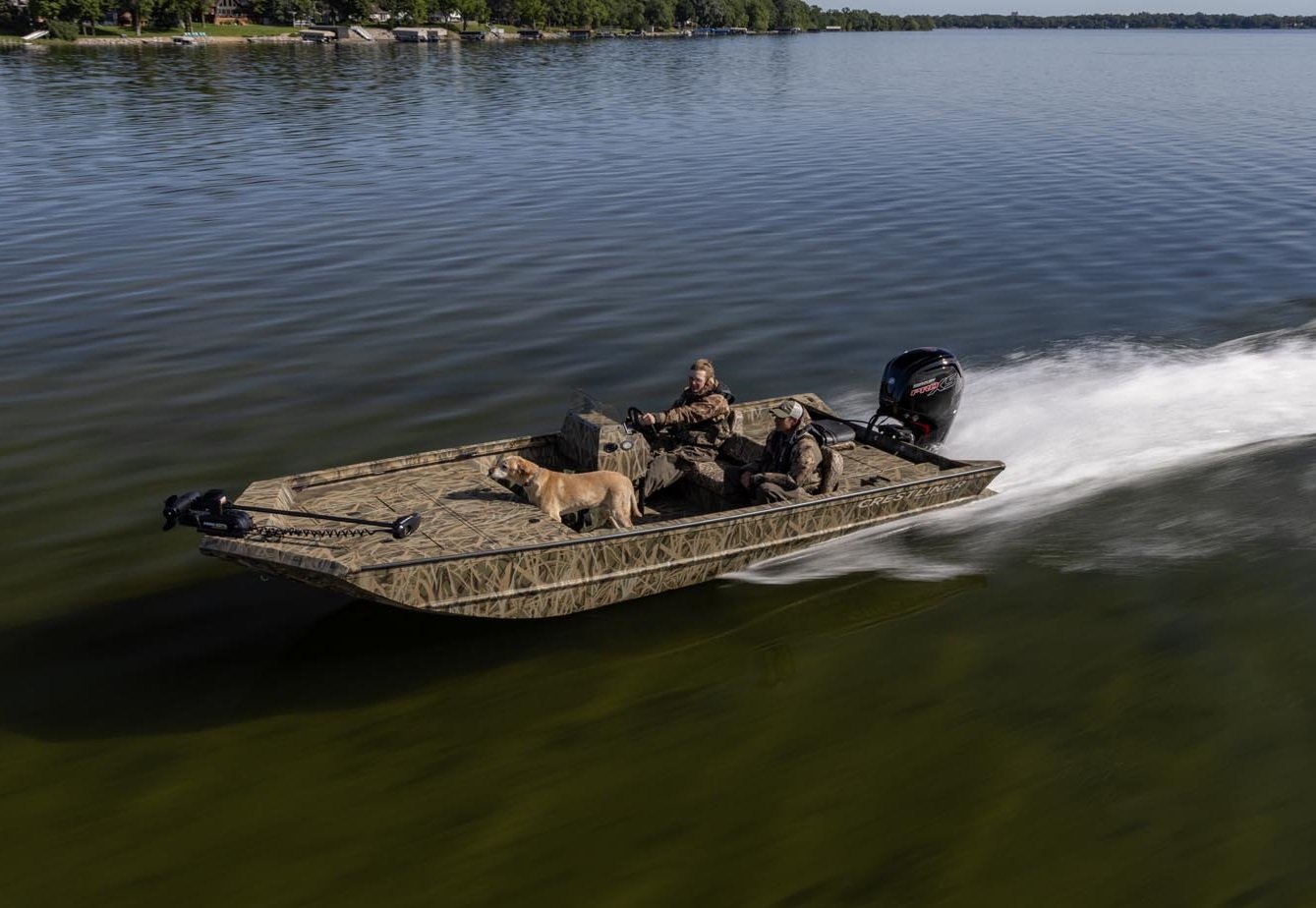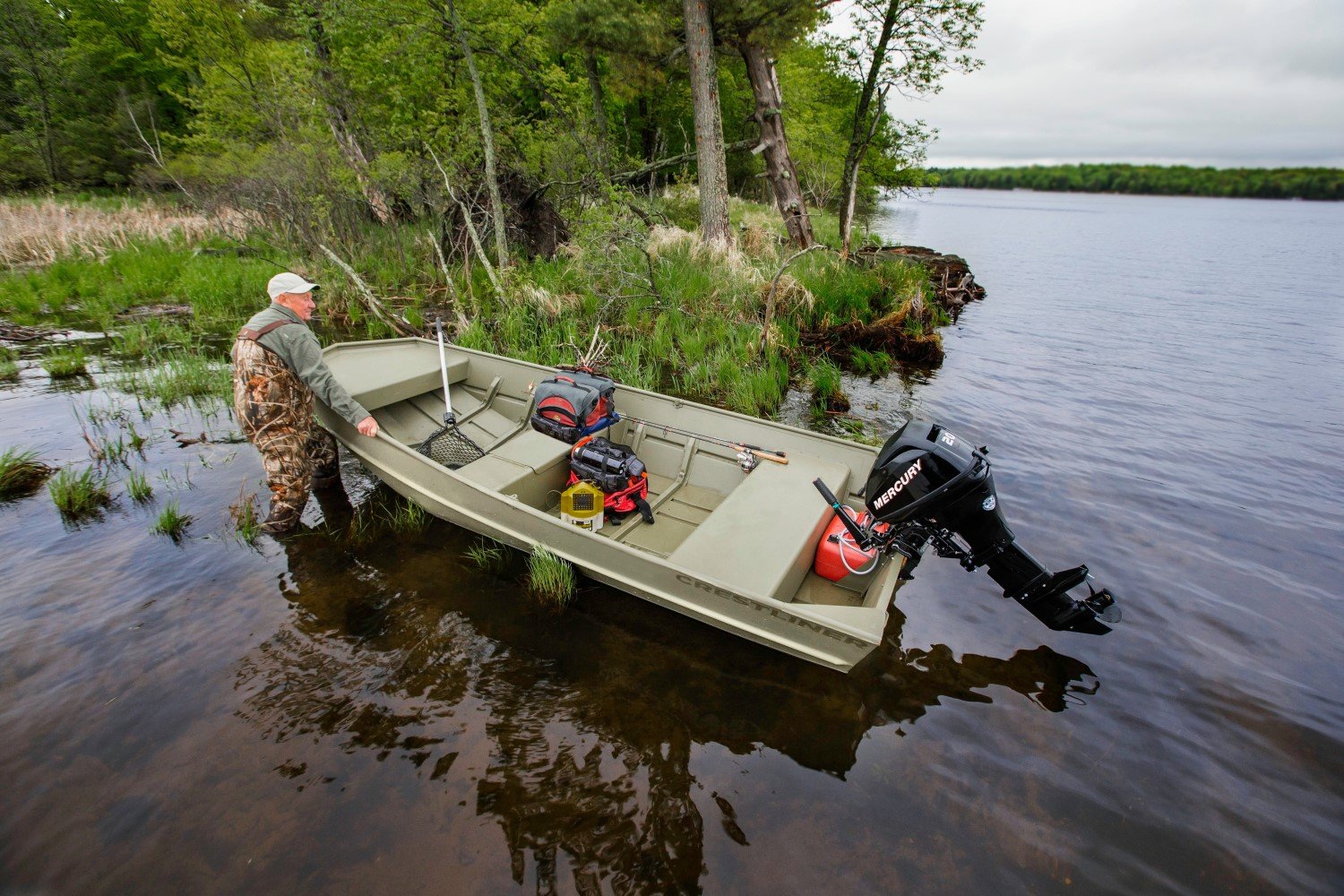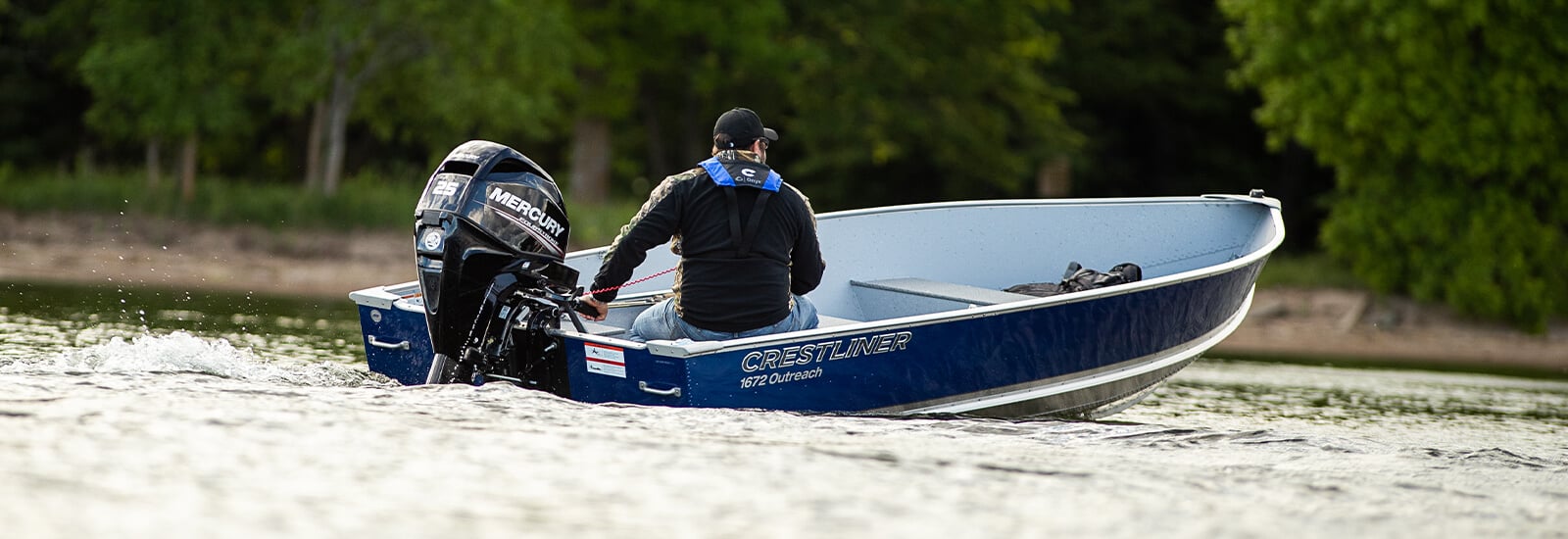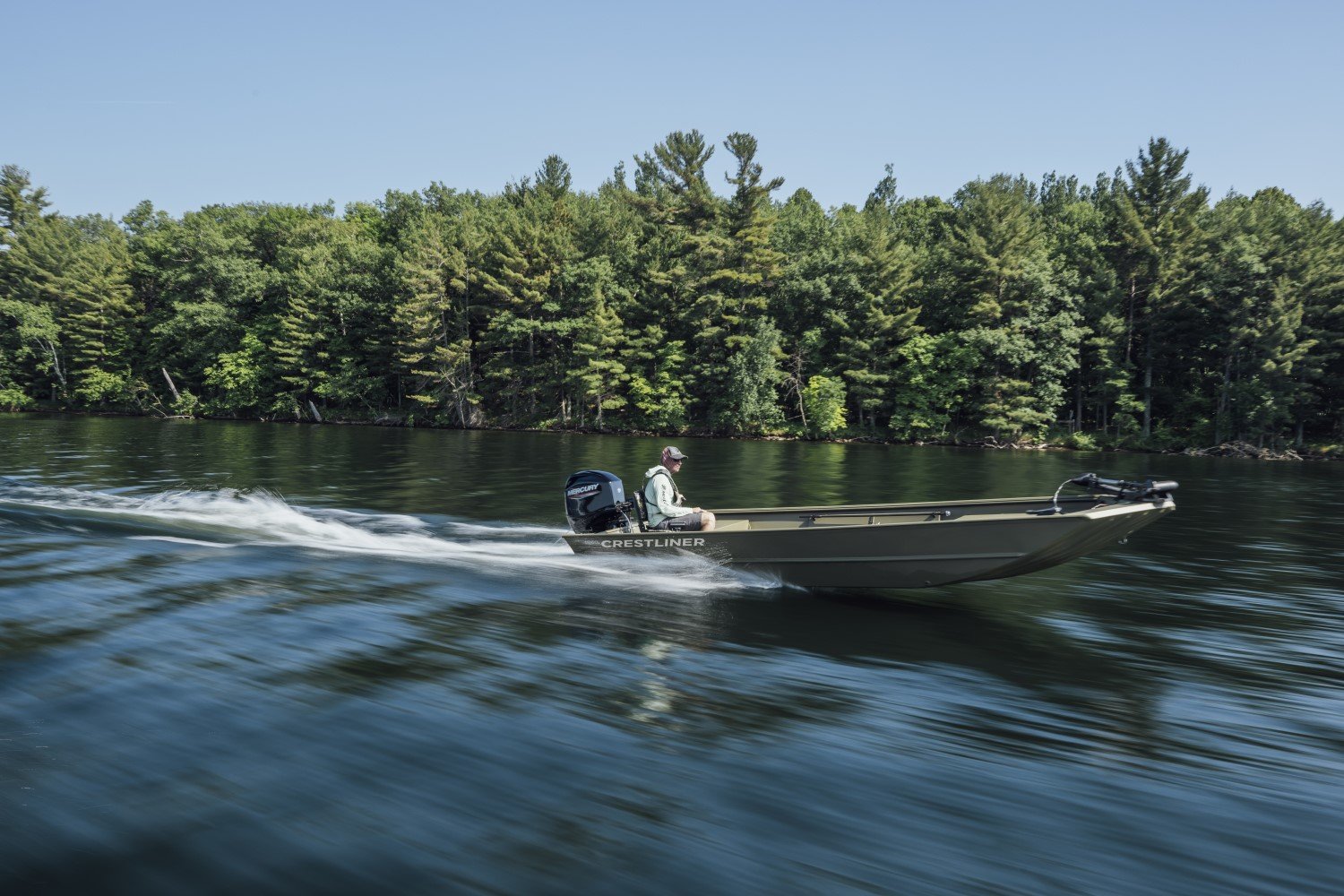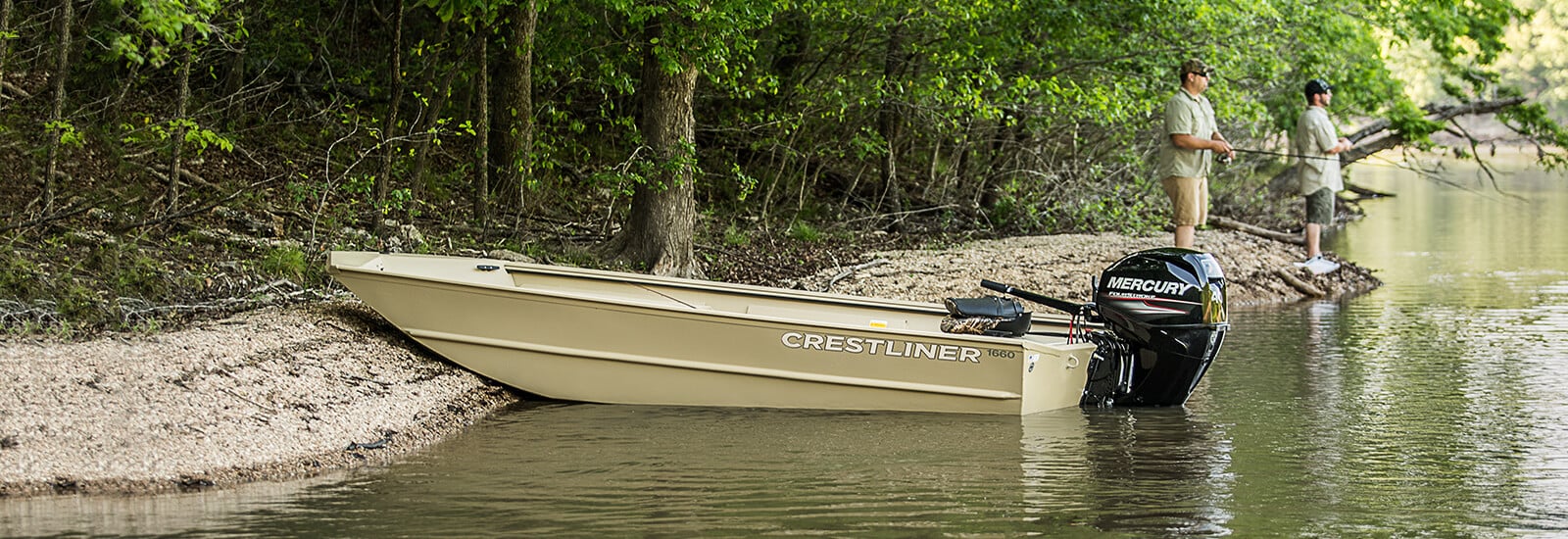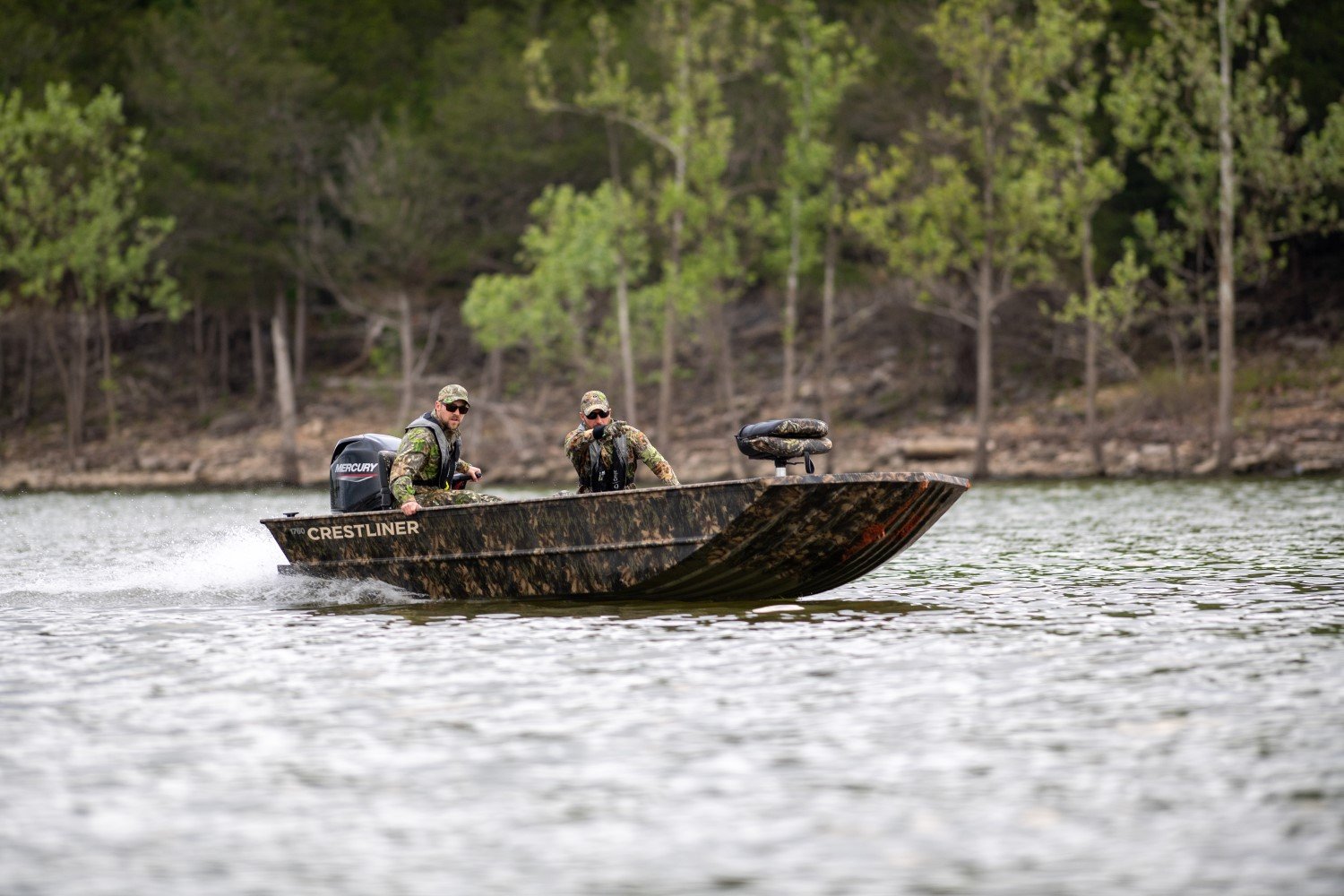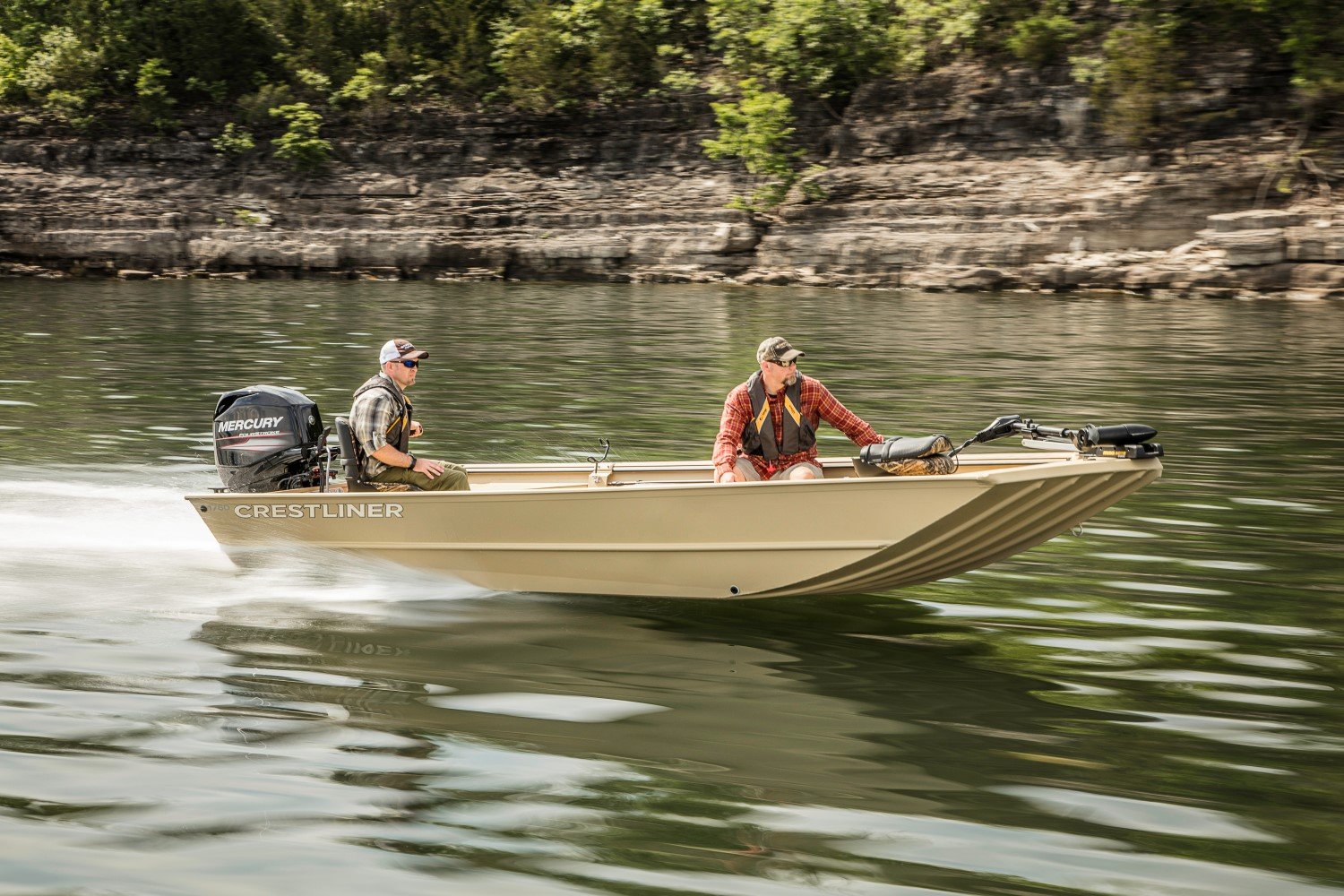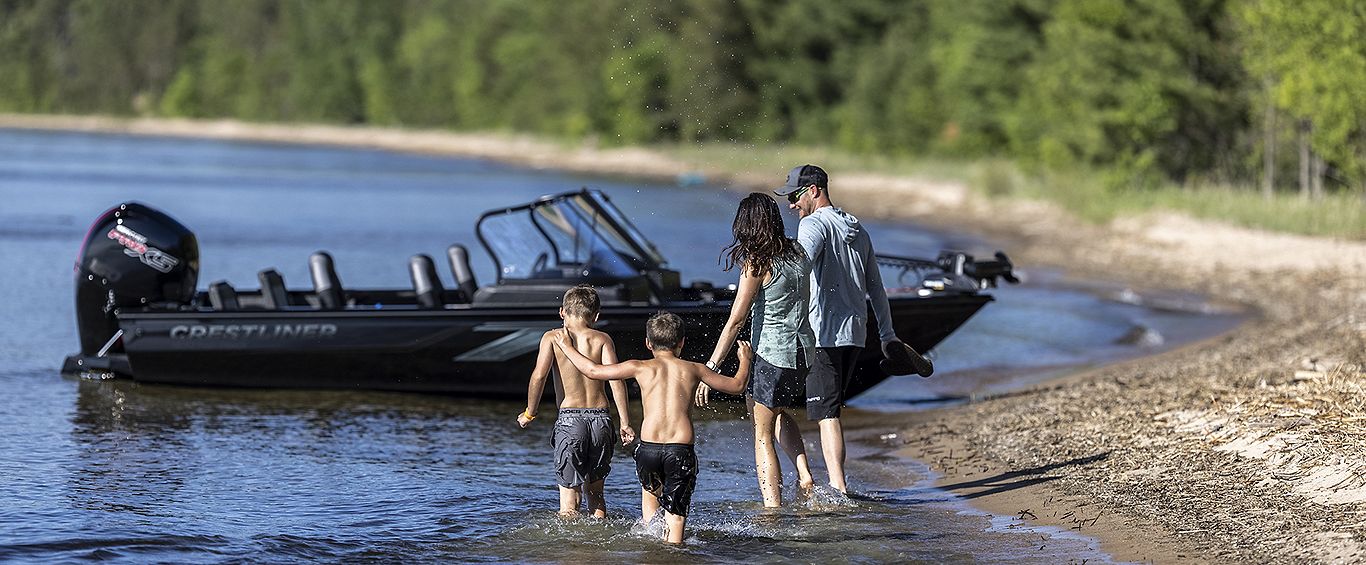Learning how to spring commission your boat will help you get the boating season off to a good start. Proper spring boat maintenance means methodically taking care of these 10 details to make sure everything is in good condition before heading out on the water.
Remove the shrink wrap
Cut the shrink wrap off the boat using a safety knife rather than a box cutter or scissors to prevent scratching the hull. About ten inches from the bottom, make a horizontal cut all the way around your vessel. Starting at the front, roll the remaining wrap and recycle it. Properly dispose of the string.
Clean the boat
Wash the boat’s interior, exterior and trailer, starting by hosing the boat down with water only. When it’s time to clean, it's a good idea to use the right types of cleaners to protect your aluminum or fiberglass boat. While washing, keep an eye out for imperfections, dents and issues that need fixing. Finish by waxing the hull to give it a protective coating for fresh water or saltwater.
Read more about boat vinyl maintenance.
Inspect the trailer
Start at the coupler and work your way back. Pay close attention to wiring and look for excessive rust. Check the tires for proper inflation and make sure there’s no cracking on the sidewalls or excessive tread wear. Test the lights and make sure the license plate is attached and up to date. Lube any moveable parts and grease the bearings. Fill the brake reservoir if needed.
Road test the trailer
Take a quick spin around the block. After a short distance, check the hubs for excessive heat—an indicator of bearing failure—with a non-contact temperature gun. Test the brakes by quickly stopping on gravel. If they are functioning, there will be skid marks.
Reinstall the batteries
Testing your batteries’ charge with a multimeter and reinstall them fully charged. Anything reading lower than 12.6v could indicate a problem.
Inspect the boat
Take the cowling off your outboard and carefully inspect the wiring, fuel line, hoses and clamps while also looking for signs or corrosion or for any small animals that might have been hibernating there. This can occur when using covers that don’t fit tightly.
Check fluids
Check your engine oil (4-strokes), lower unit oil, and hydraulic steering fluid for proper levels.
Test the engine
Start the engine with the cowling off after consulting the owner’s manual for your specific engine’s procedure regarding water delivery. Most hose ports are meant to be used for flushing with the engine off.
Modern engines like the Mercury Verado, have an intake at the front of the lower unit so a regular earmuff alone won’t work. Quicksilver sells a dual water pickup flush seal kit to handle this. Expect a lot of smoke from the first startup of the year because of the fogging spray from the winterization process. Make sure water is streaming out of the telltale on all models except the Verado V12 and watch hoses and oil filters for leaks. While looking at the engine, check the sacrificial anodes and replace them if signs of wear or damage are detected.
Test all the systems
Start with the steering while the engine is running to make sure it’s functional. If your boat has a bilge pump, check to make sure it's functioning properly. Head to the dash and try all the accessories, including trim, lights, horn stereo and livewell.
Read about maintaining your boat's electronics.
Install the drain plug
Don’t forget to install the drain plug before launching!
Spring boat commissioning doesn’t take long and goes a long way toward heading off problems and repair costs down the line. If you properly prepare your boat for spring, the payoff is a drama-free first trip of the year.

